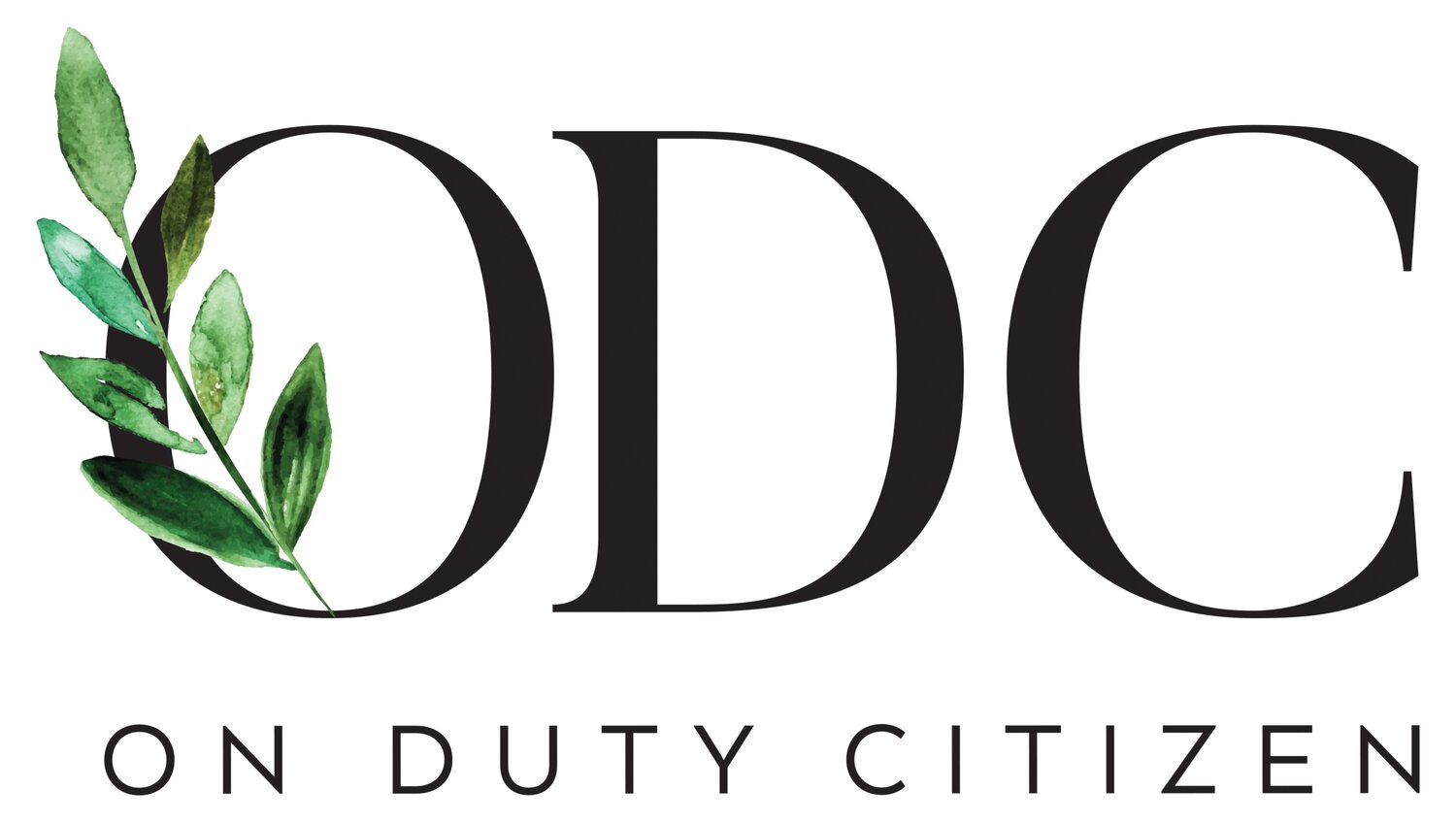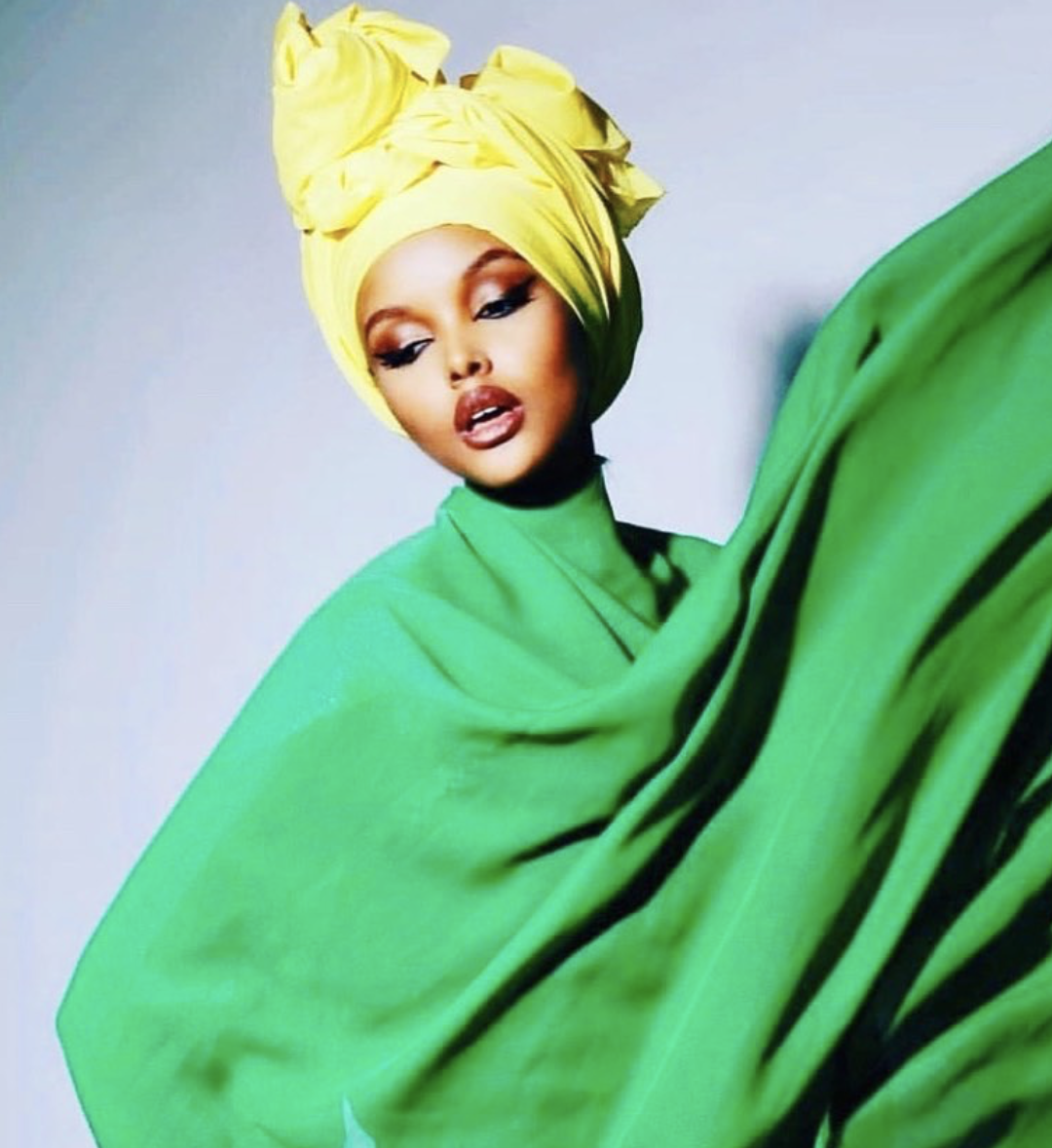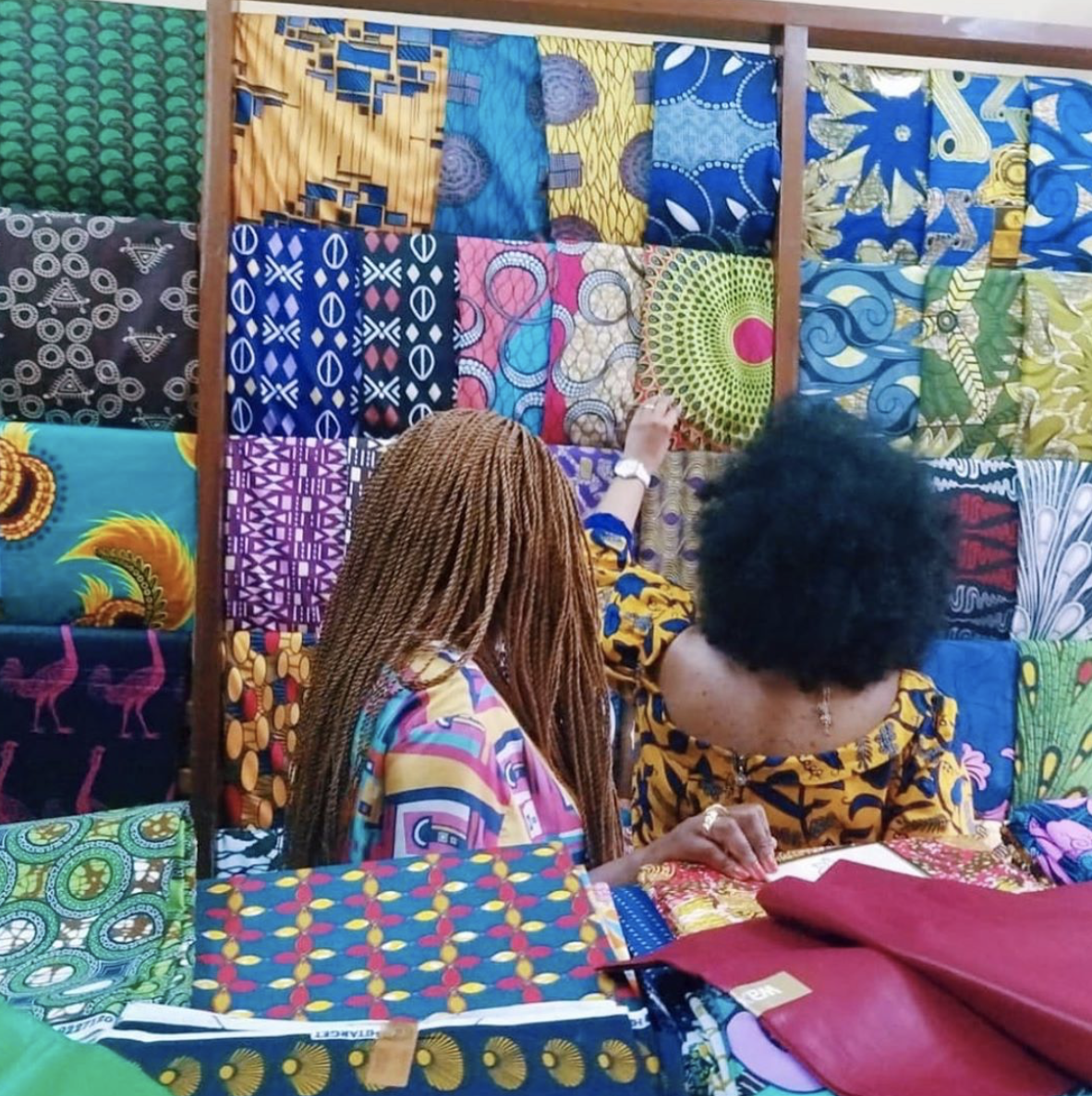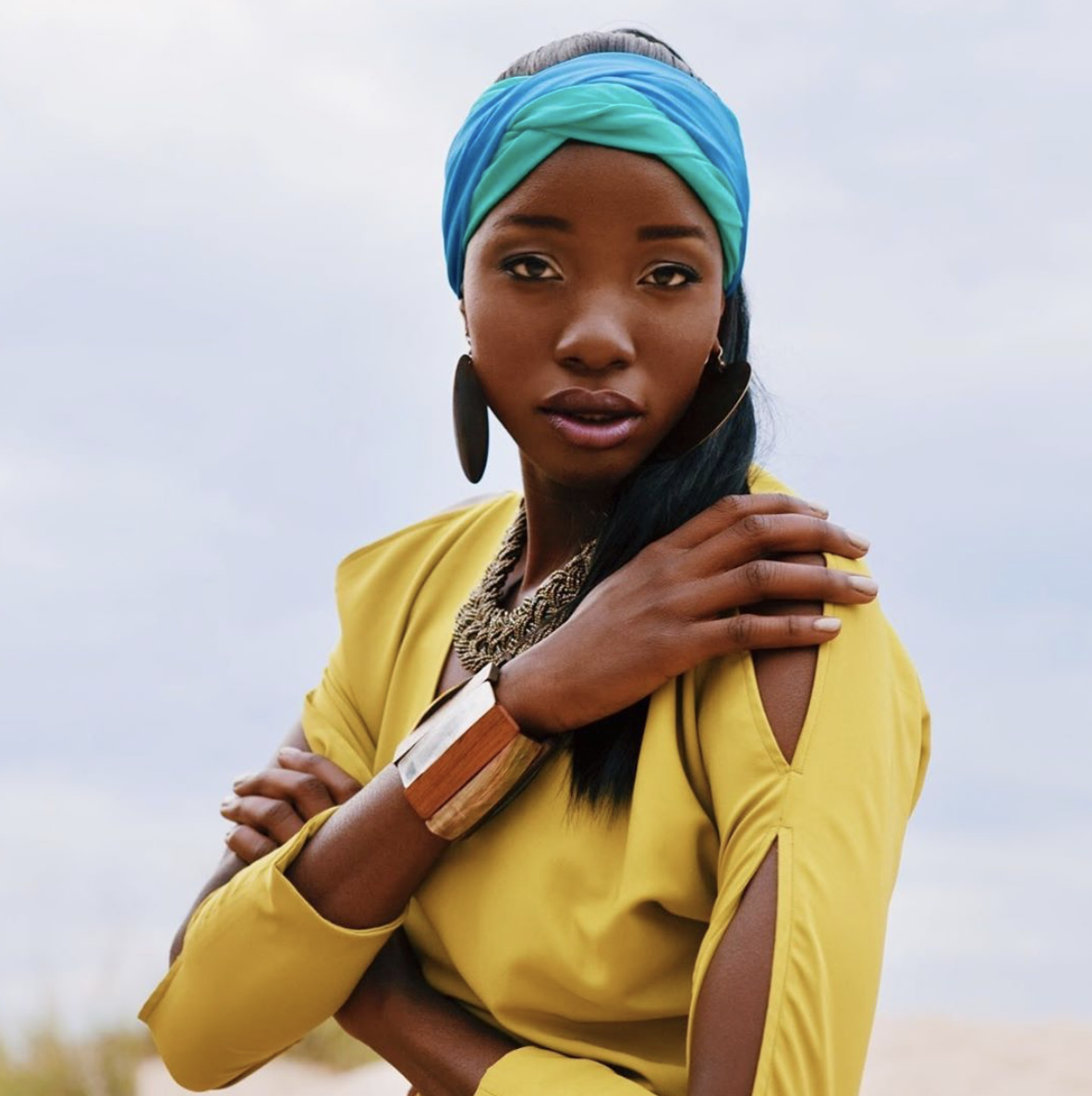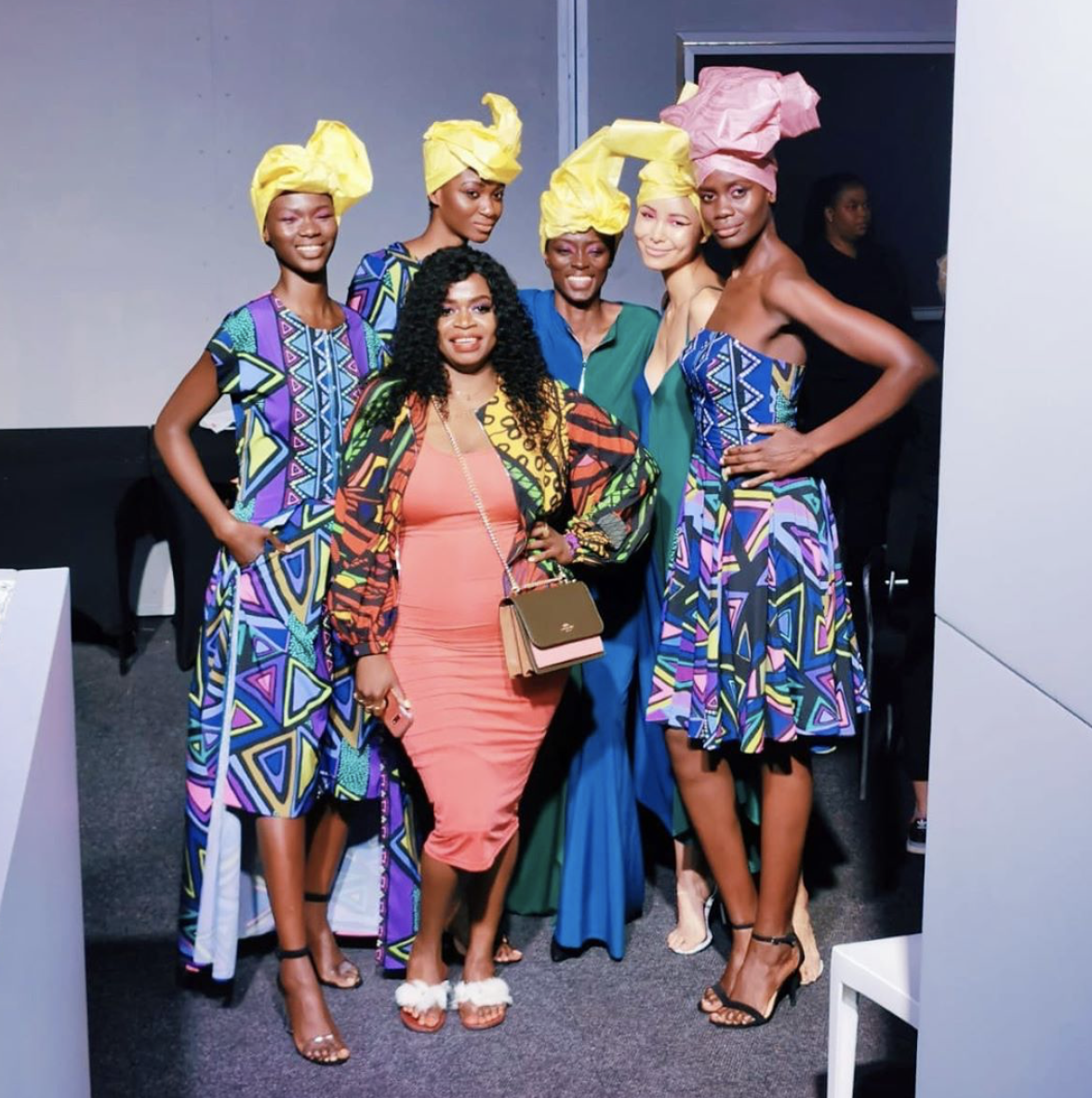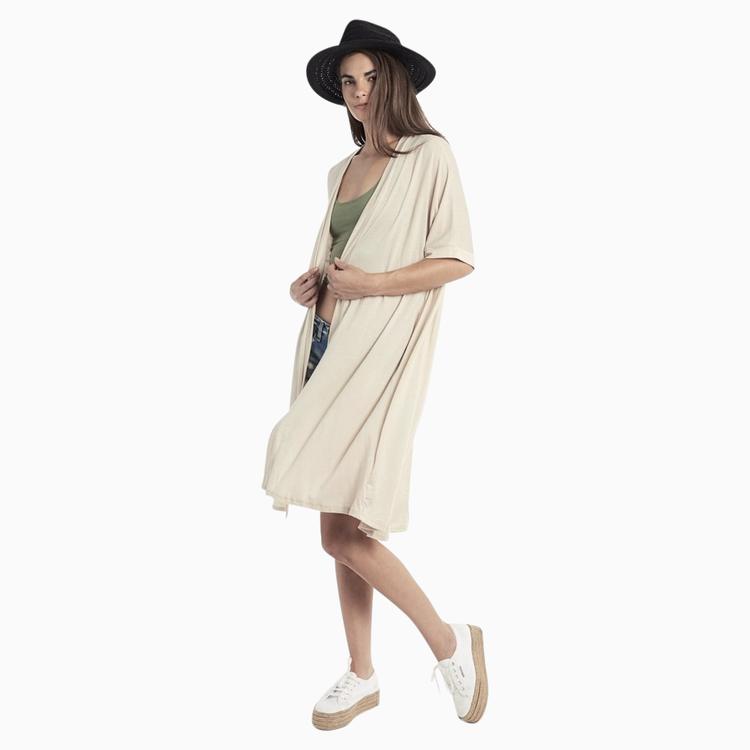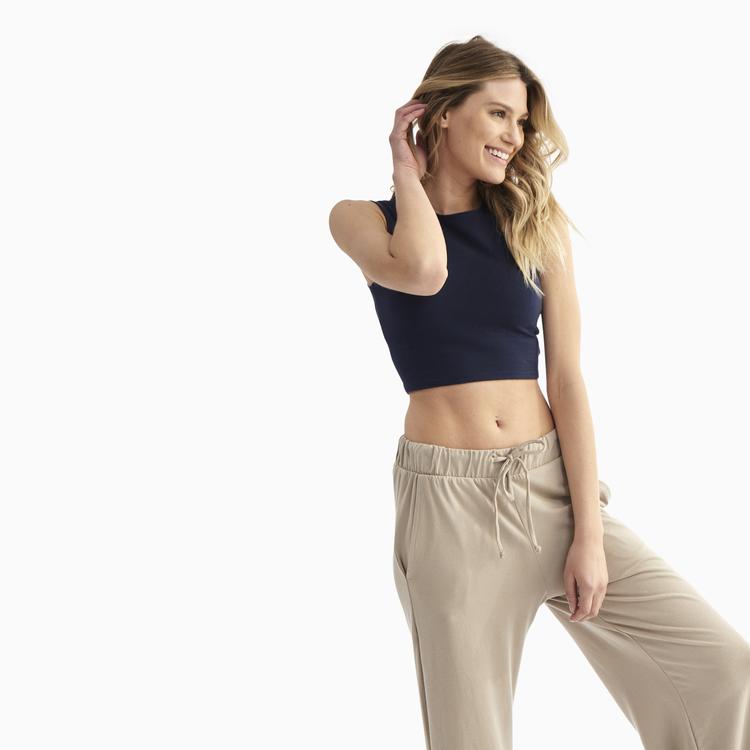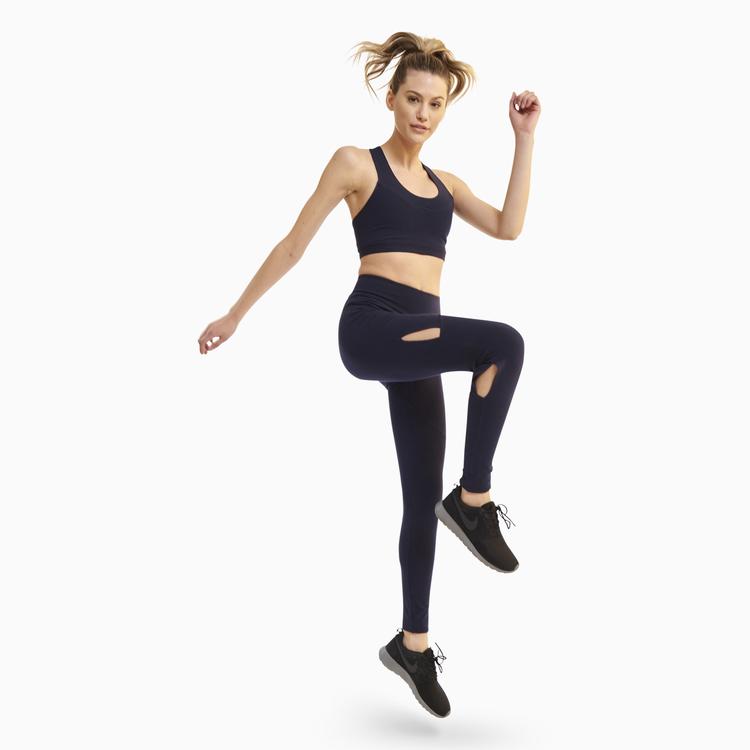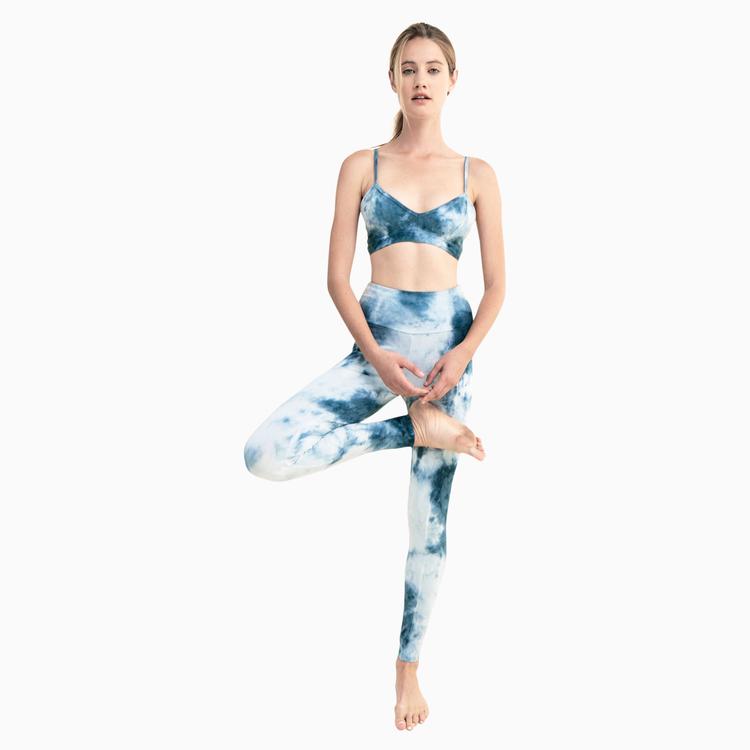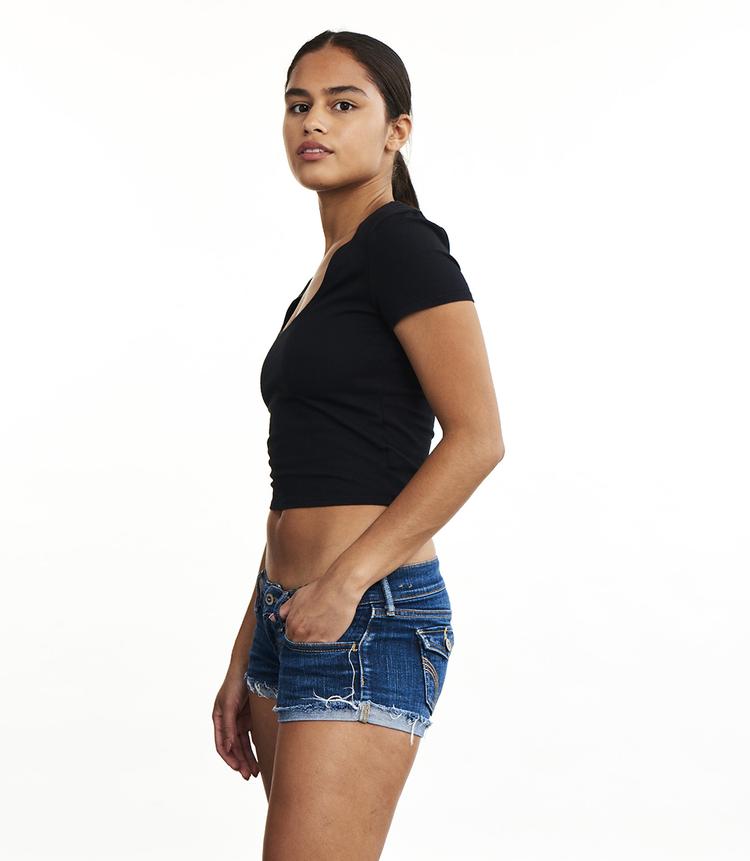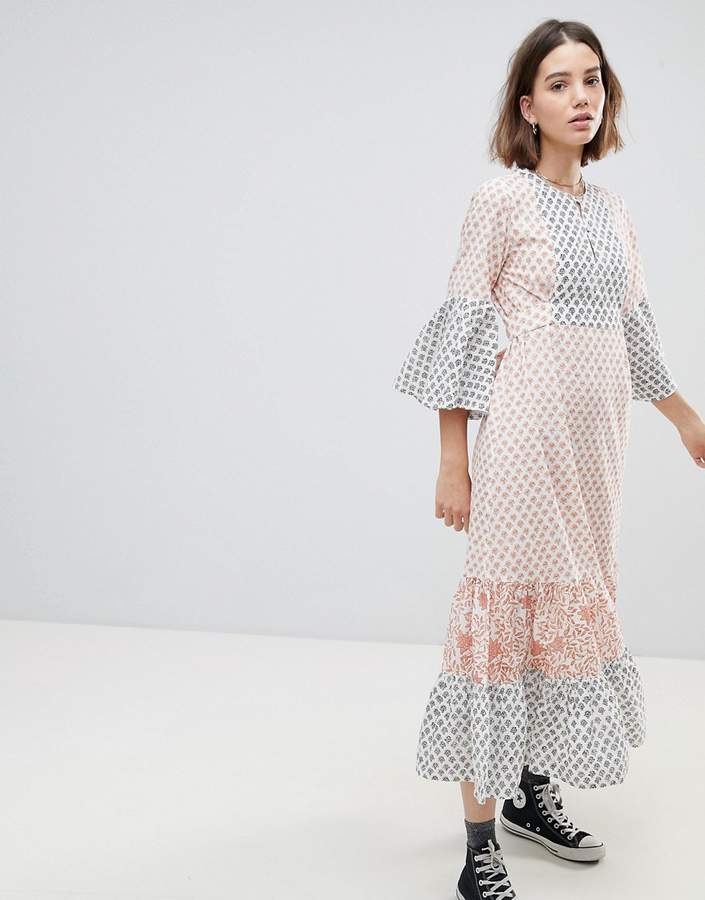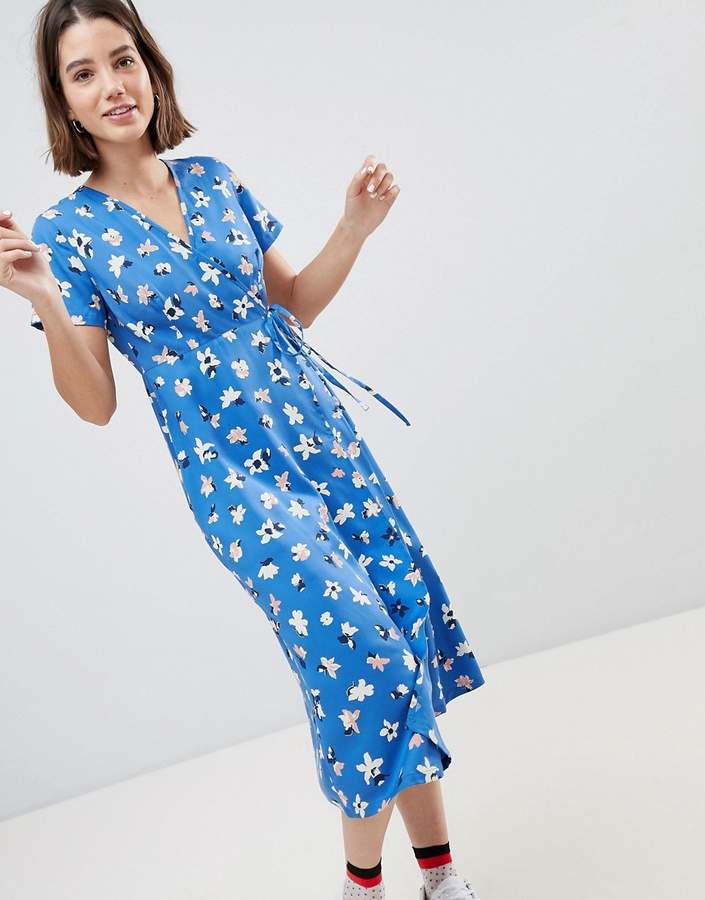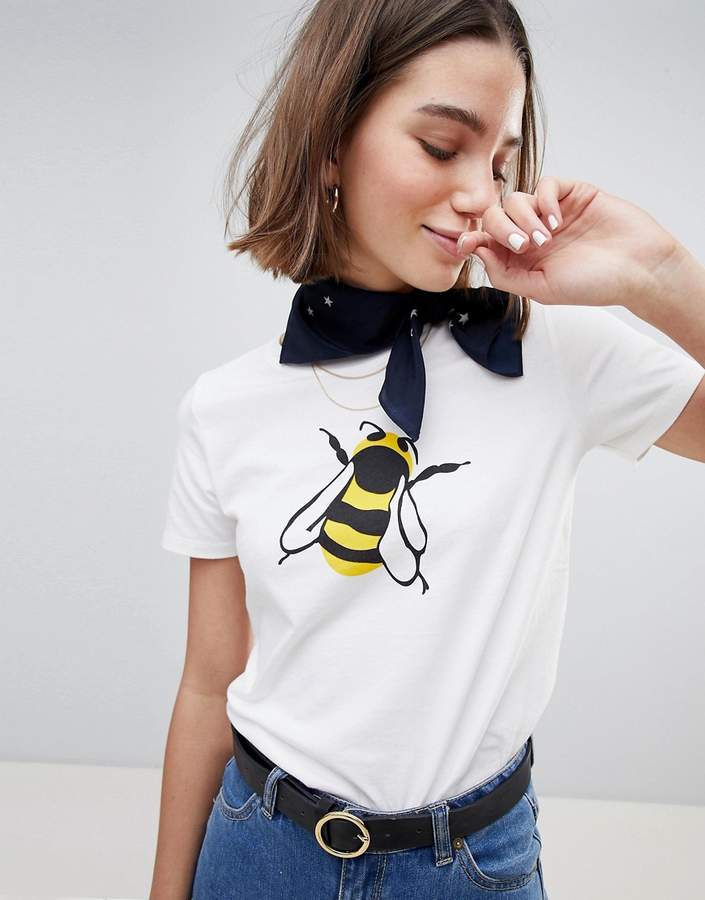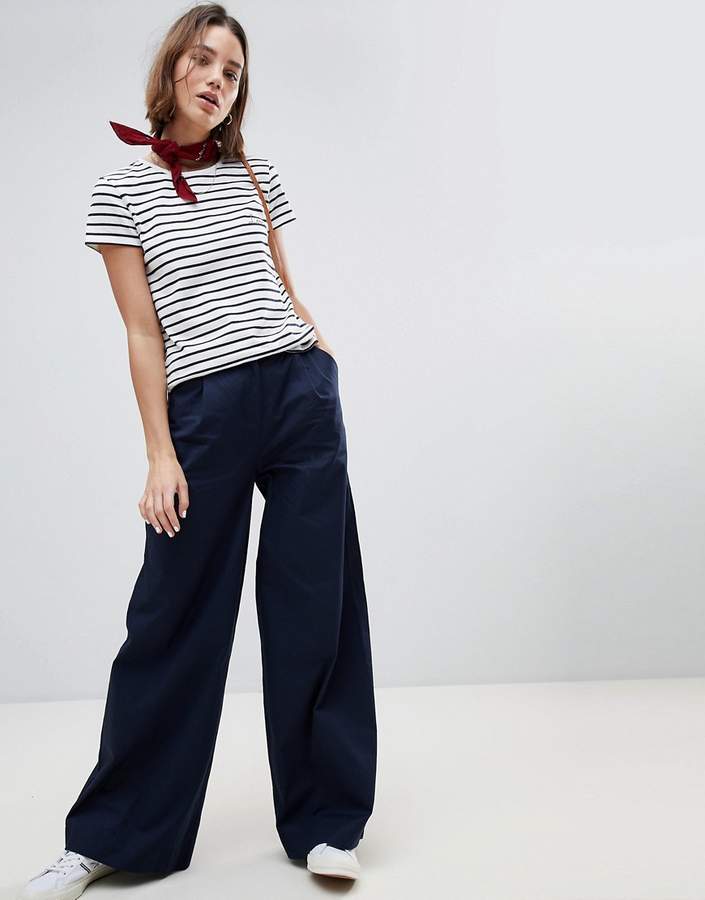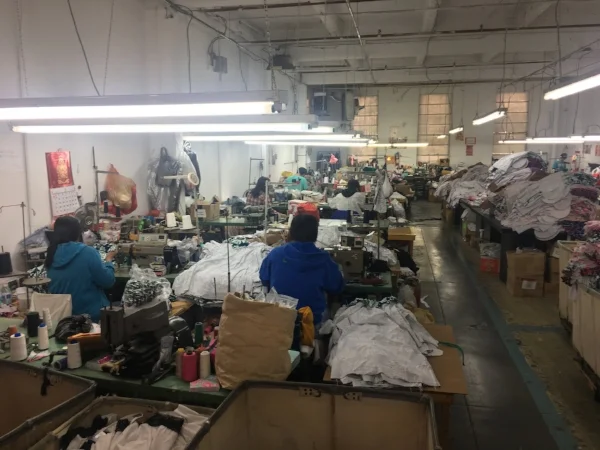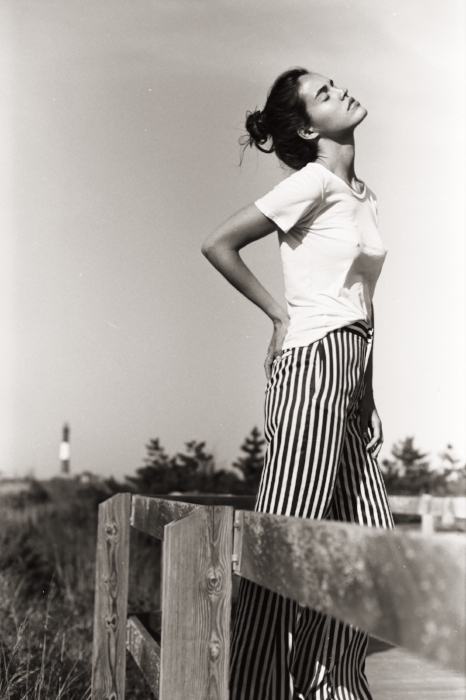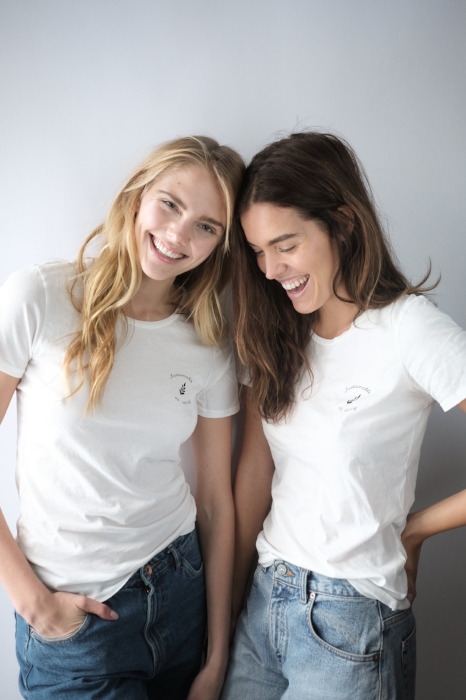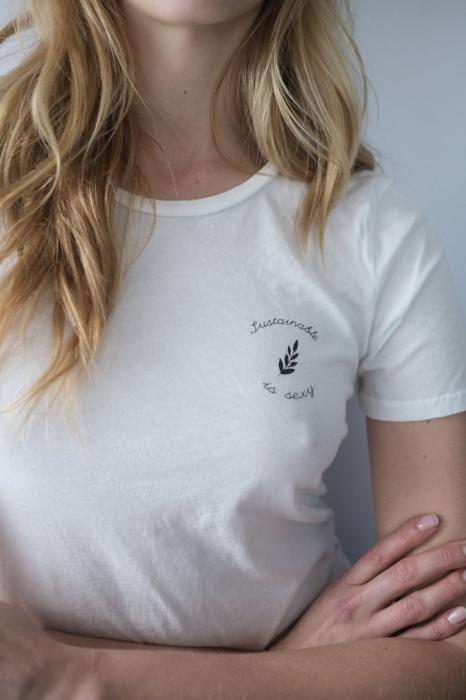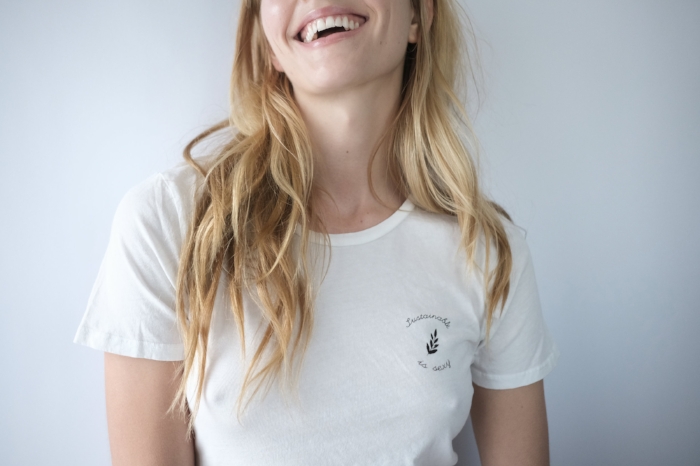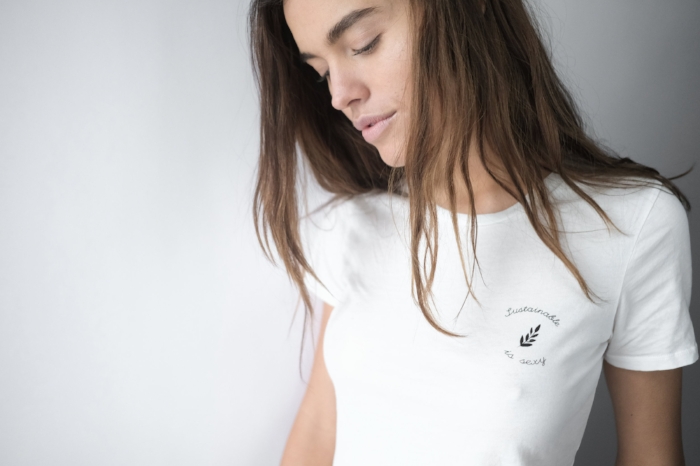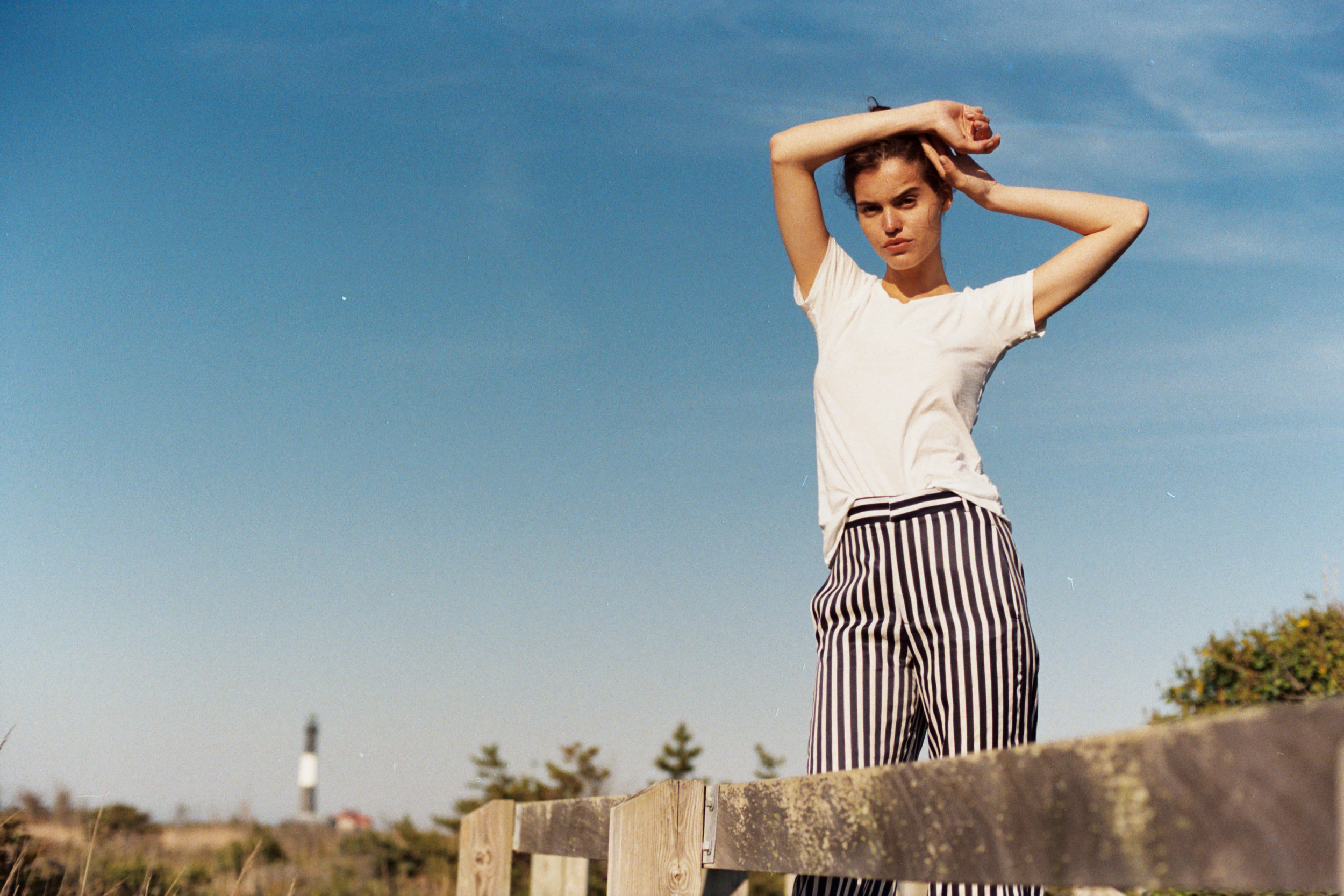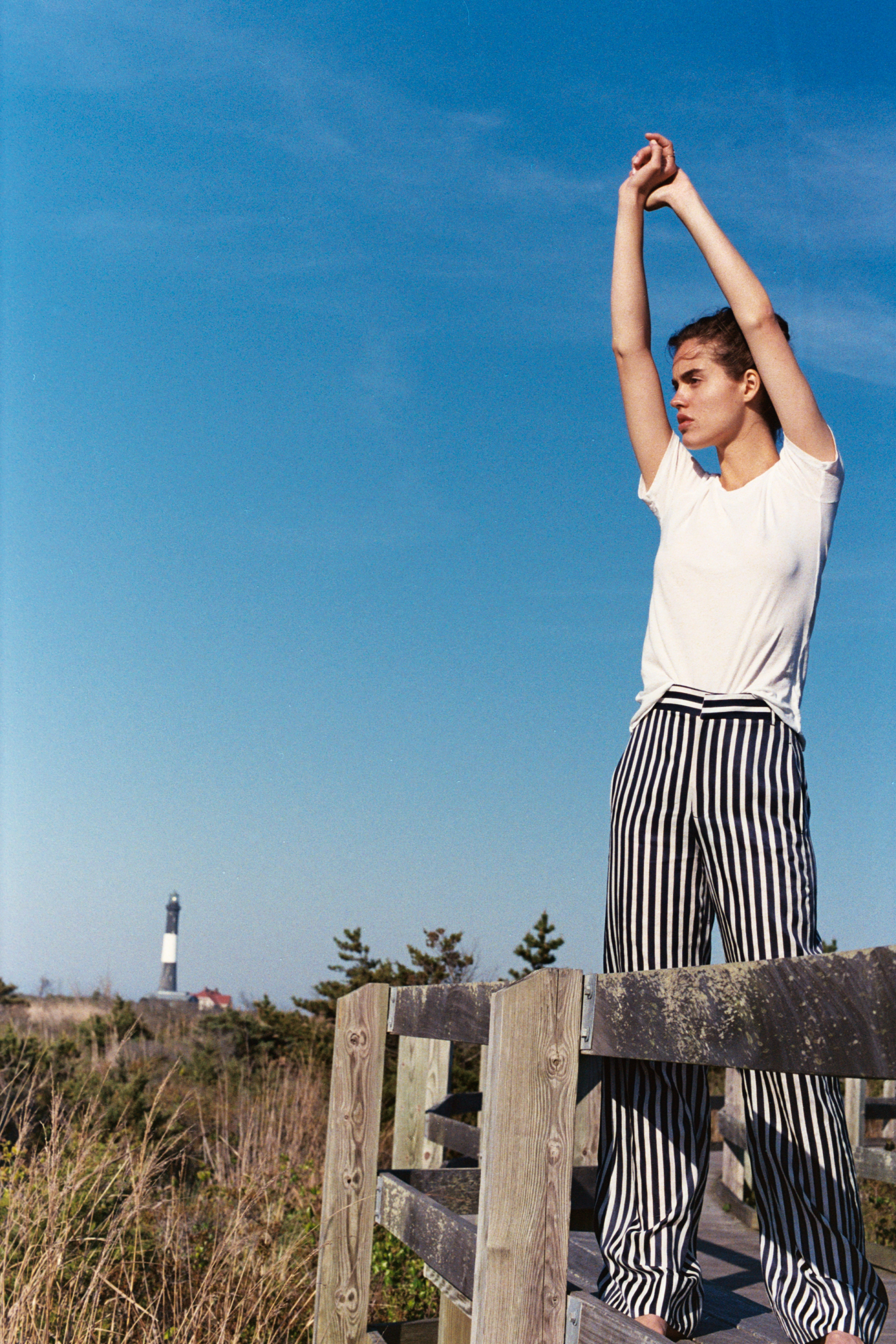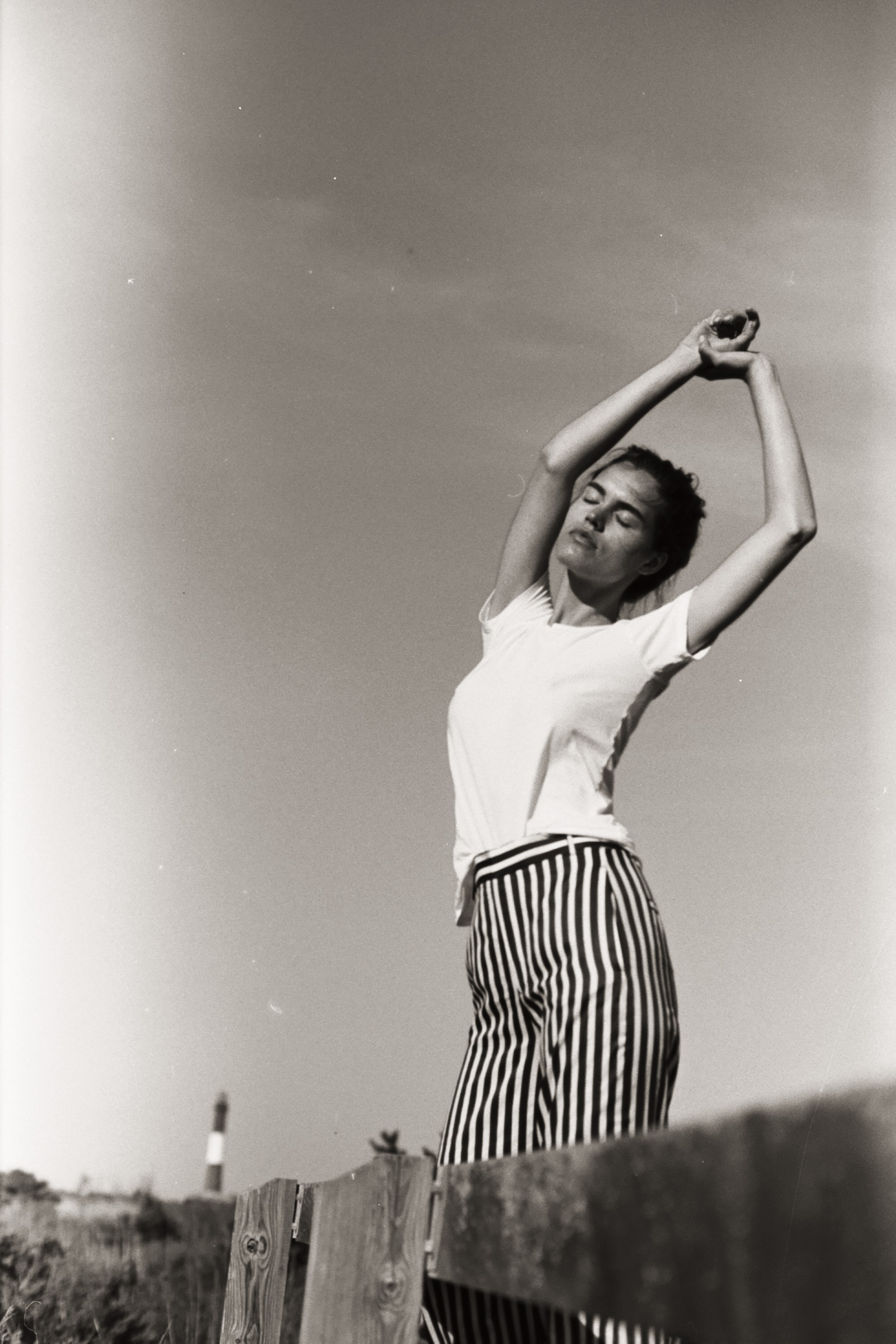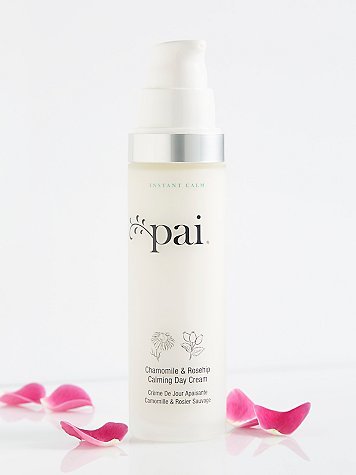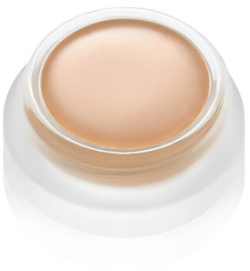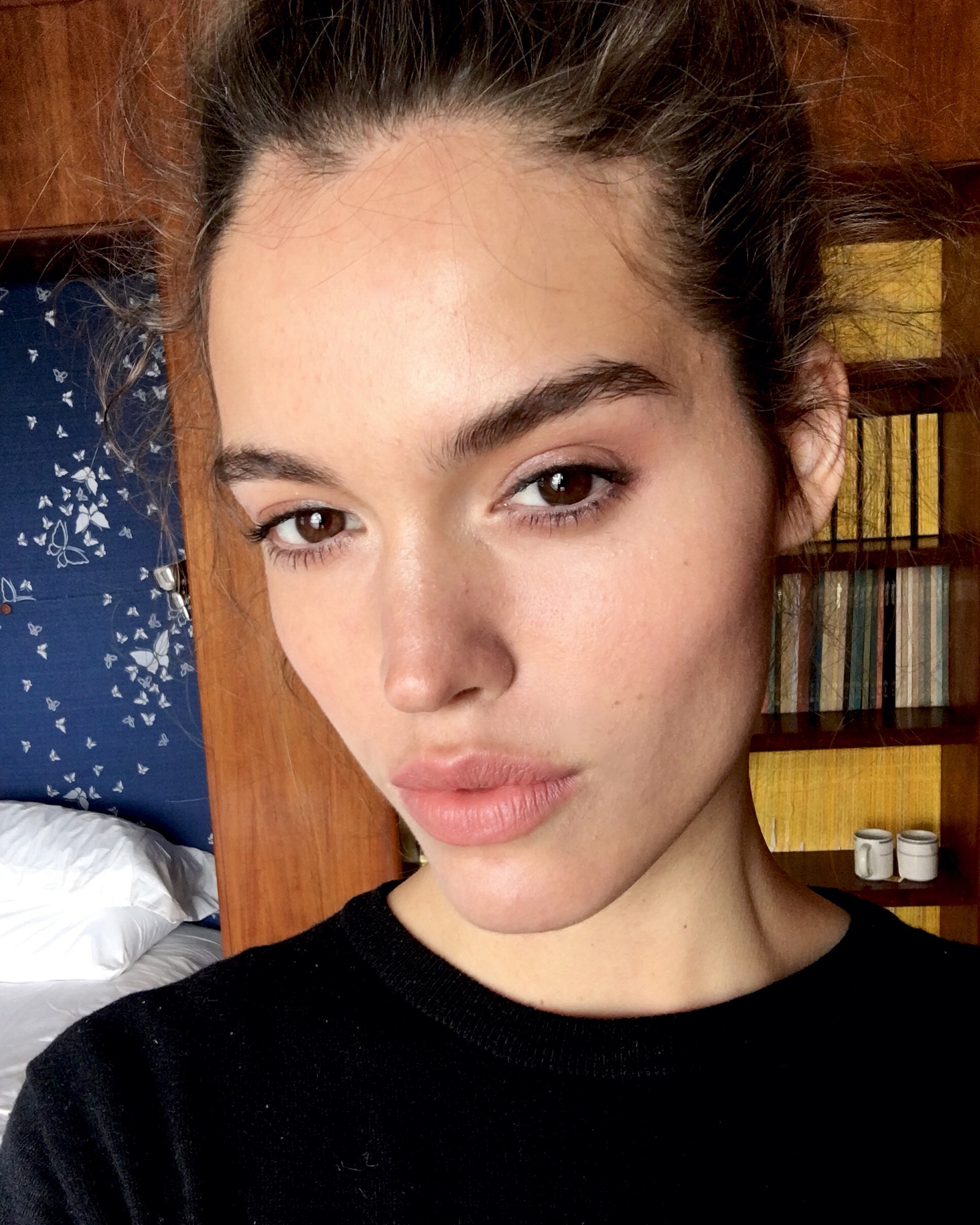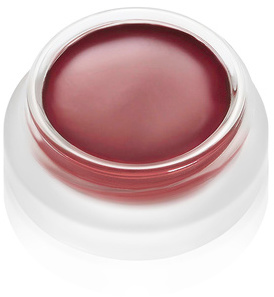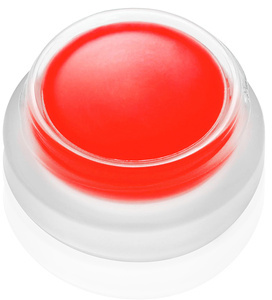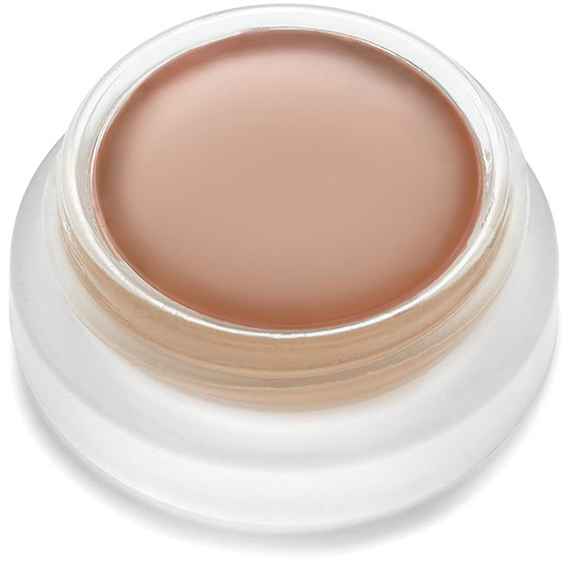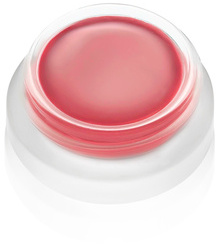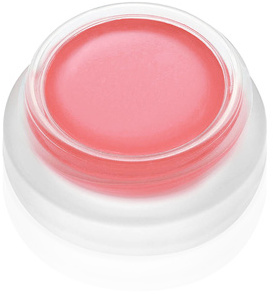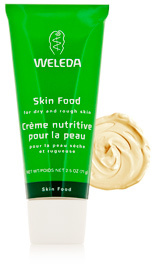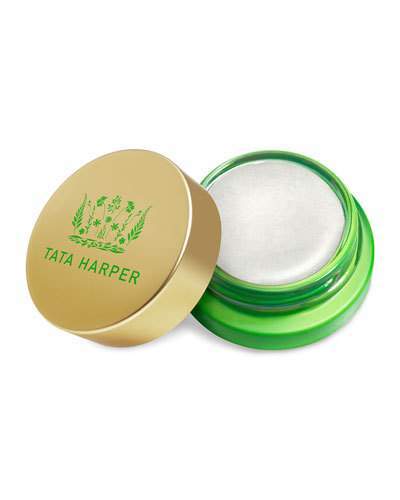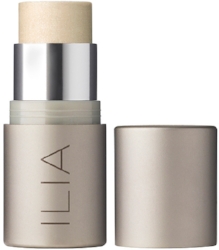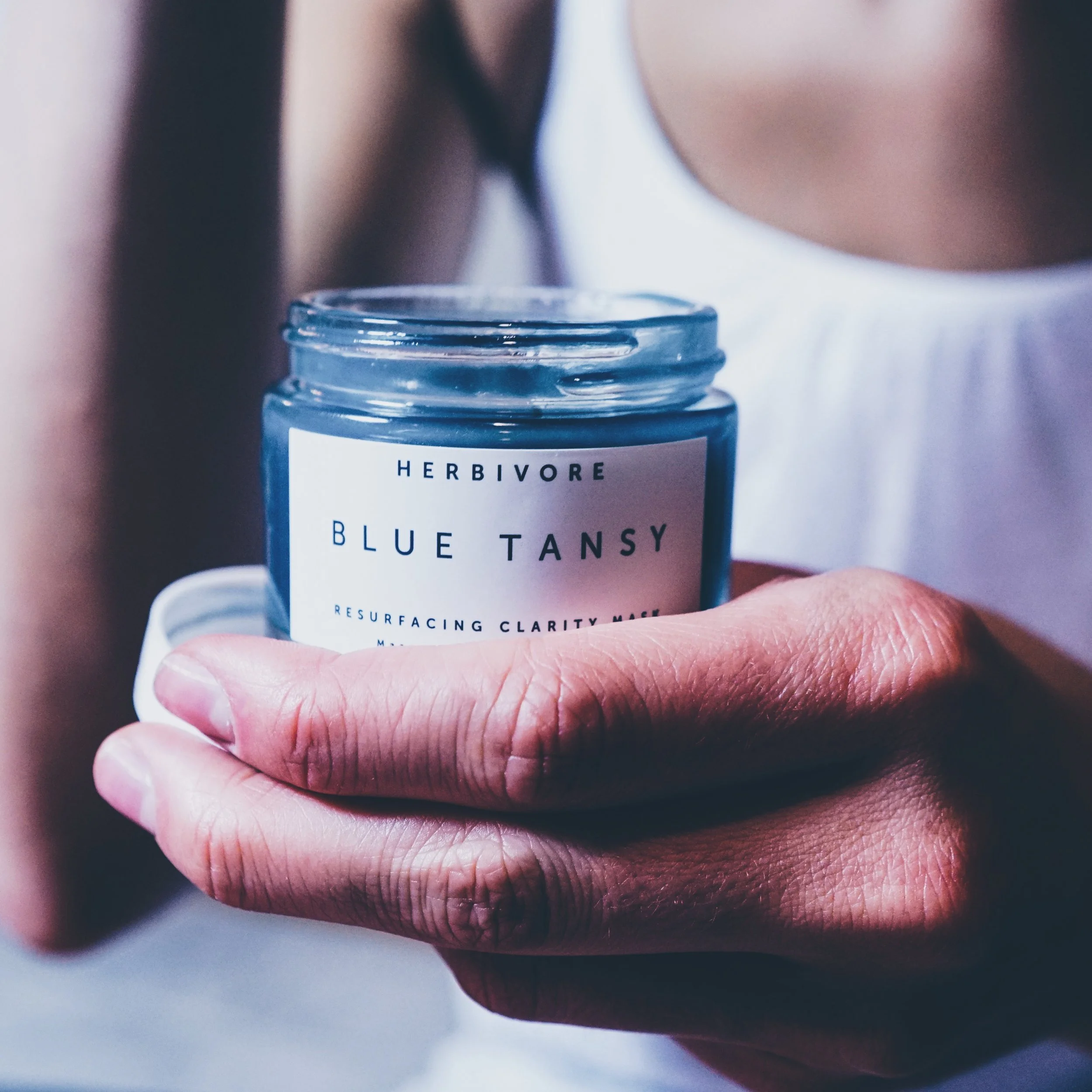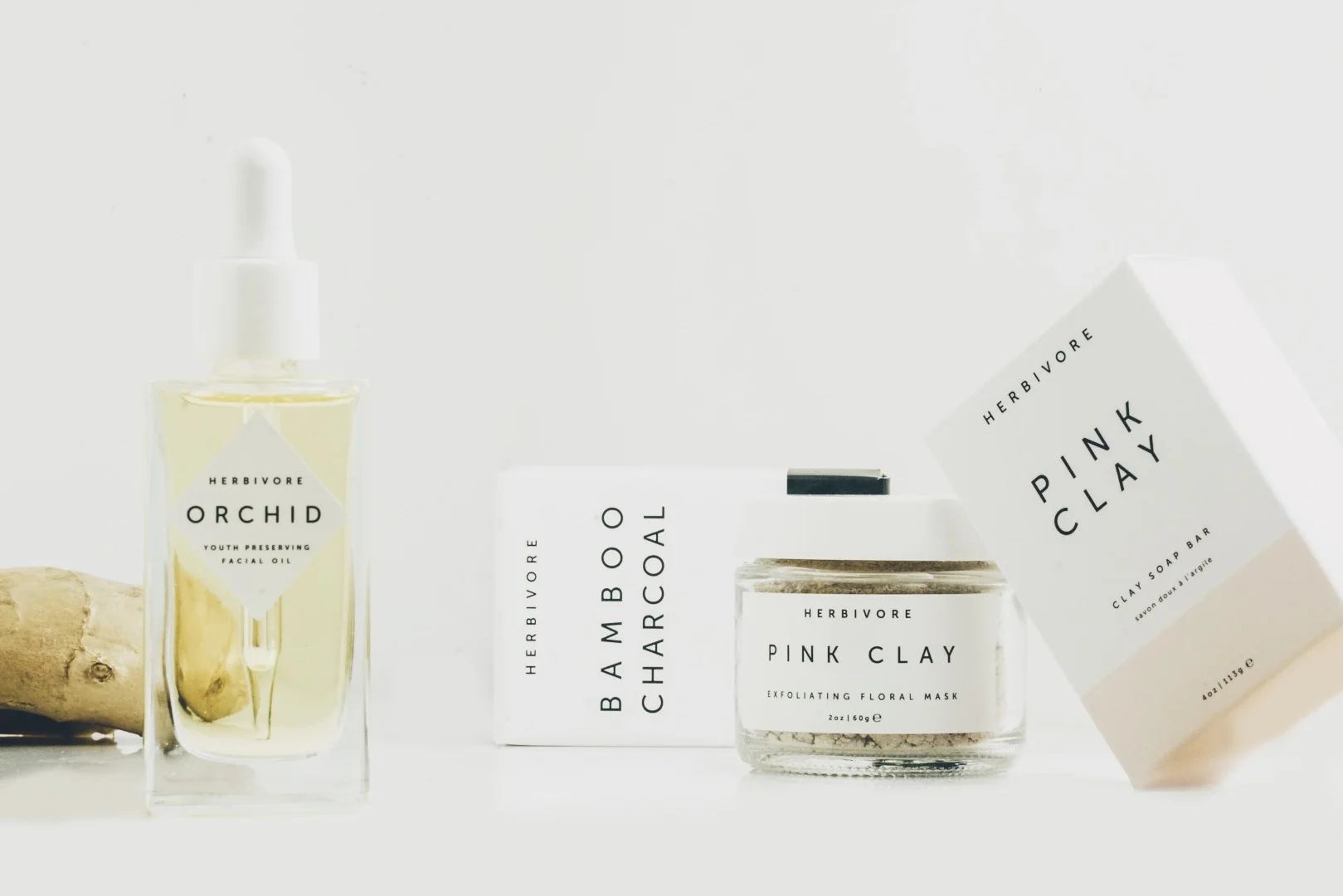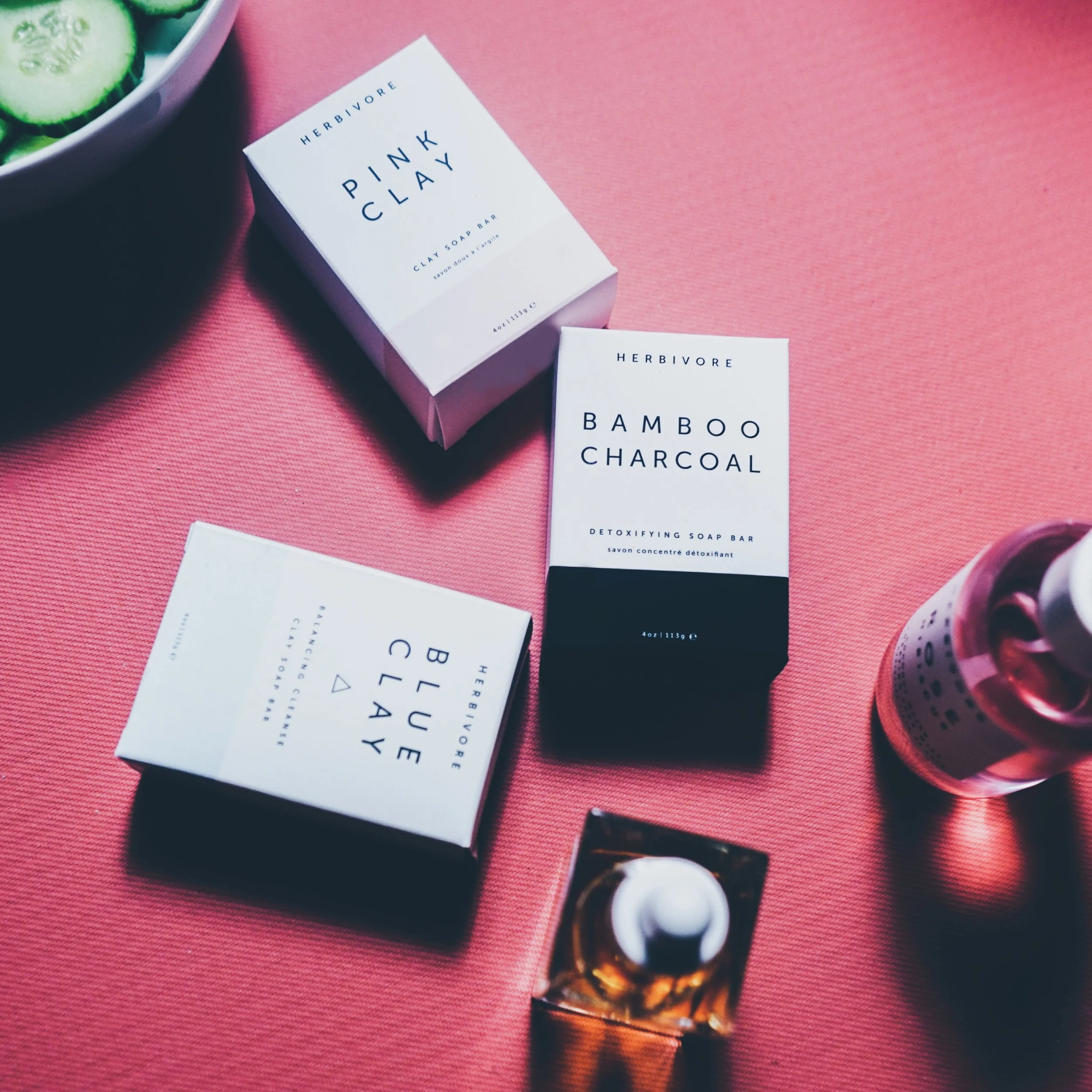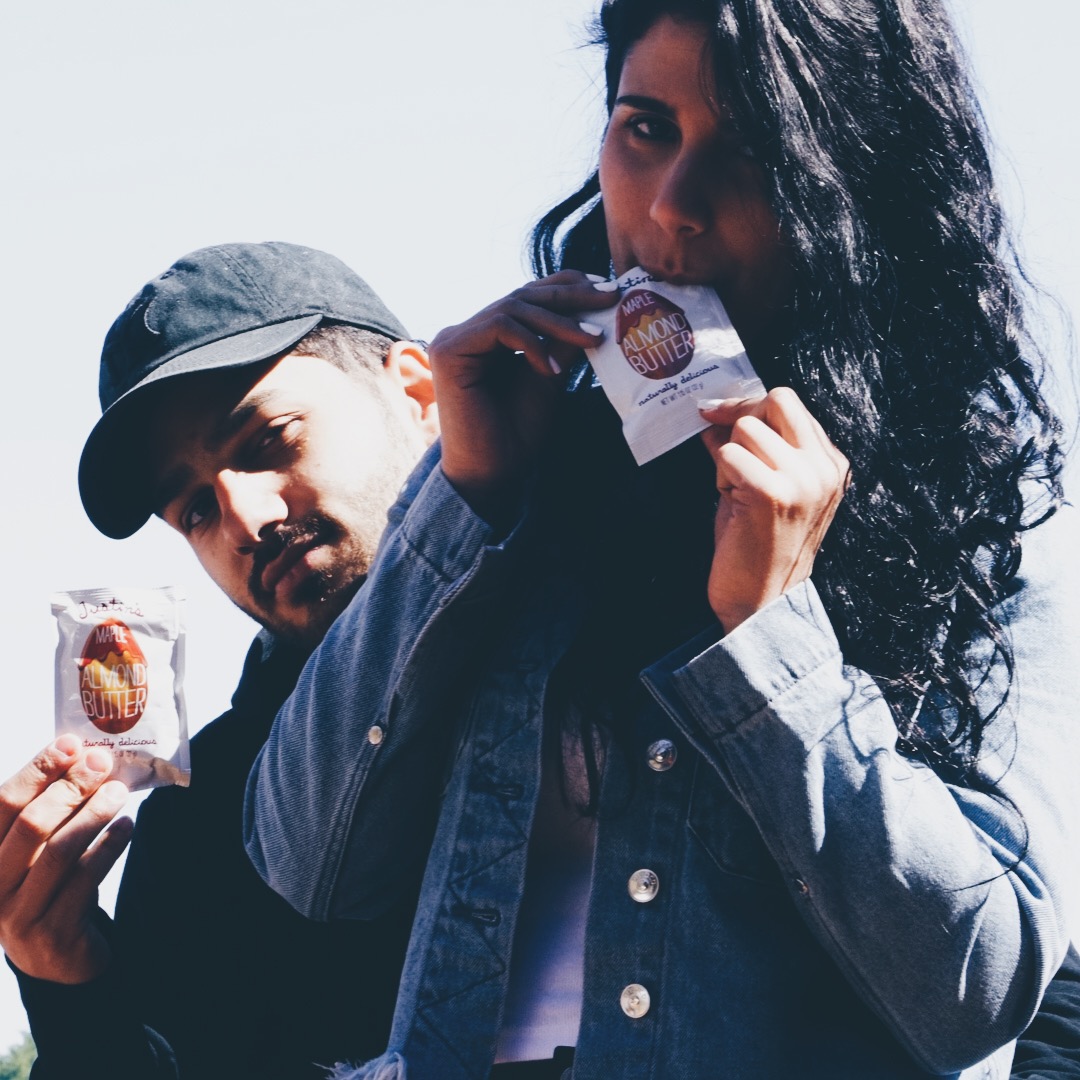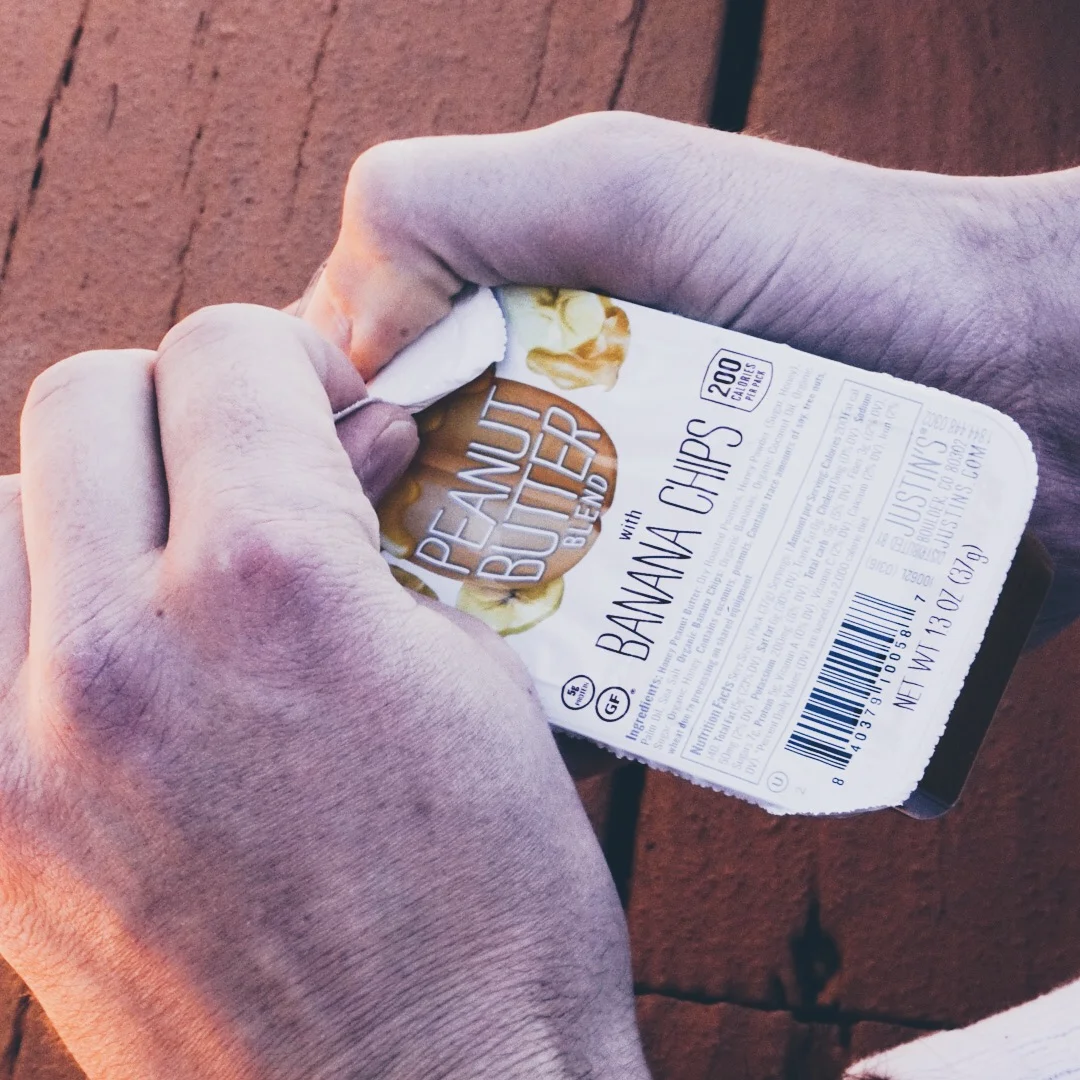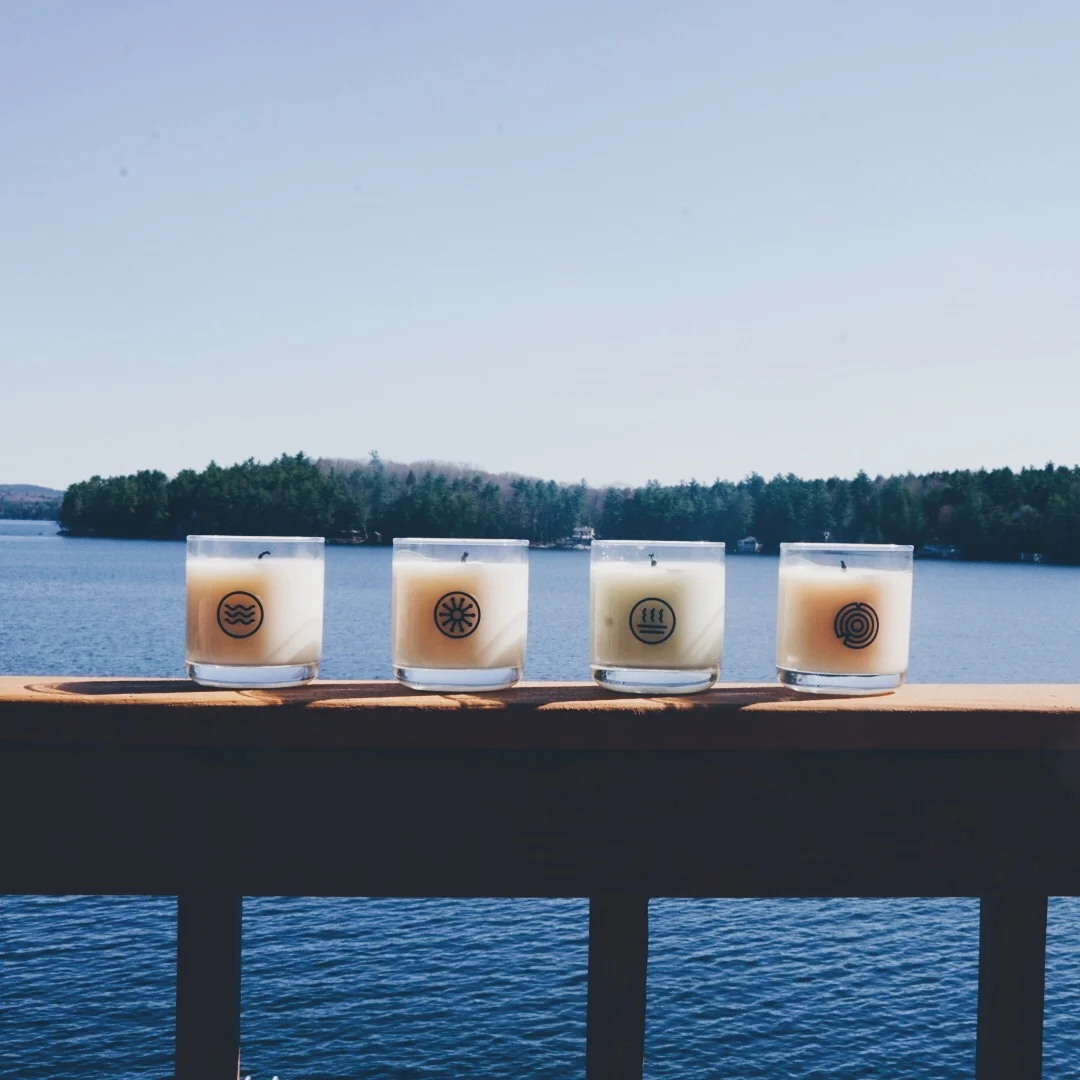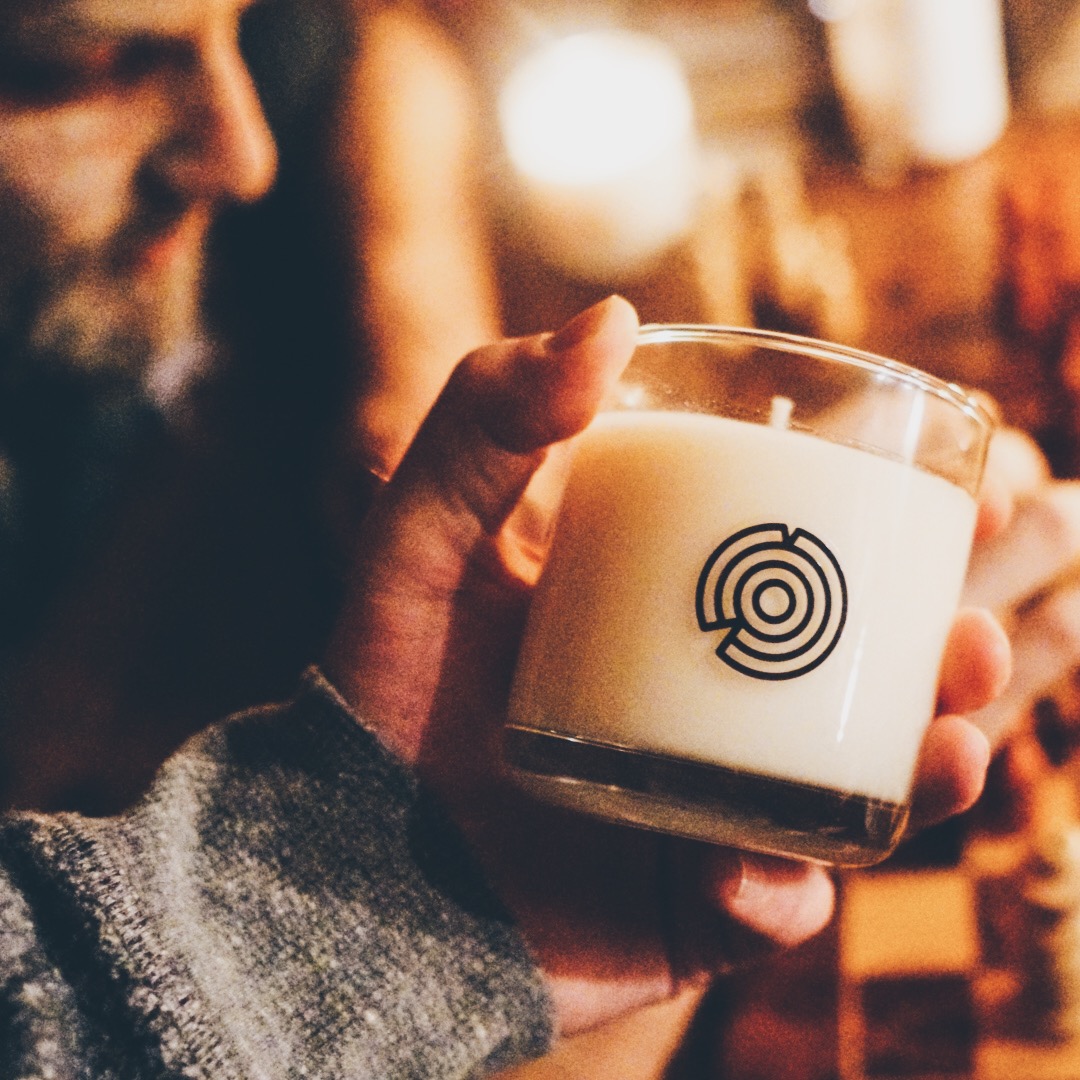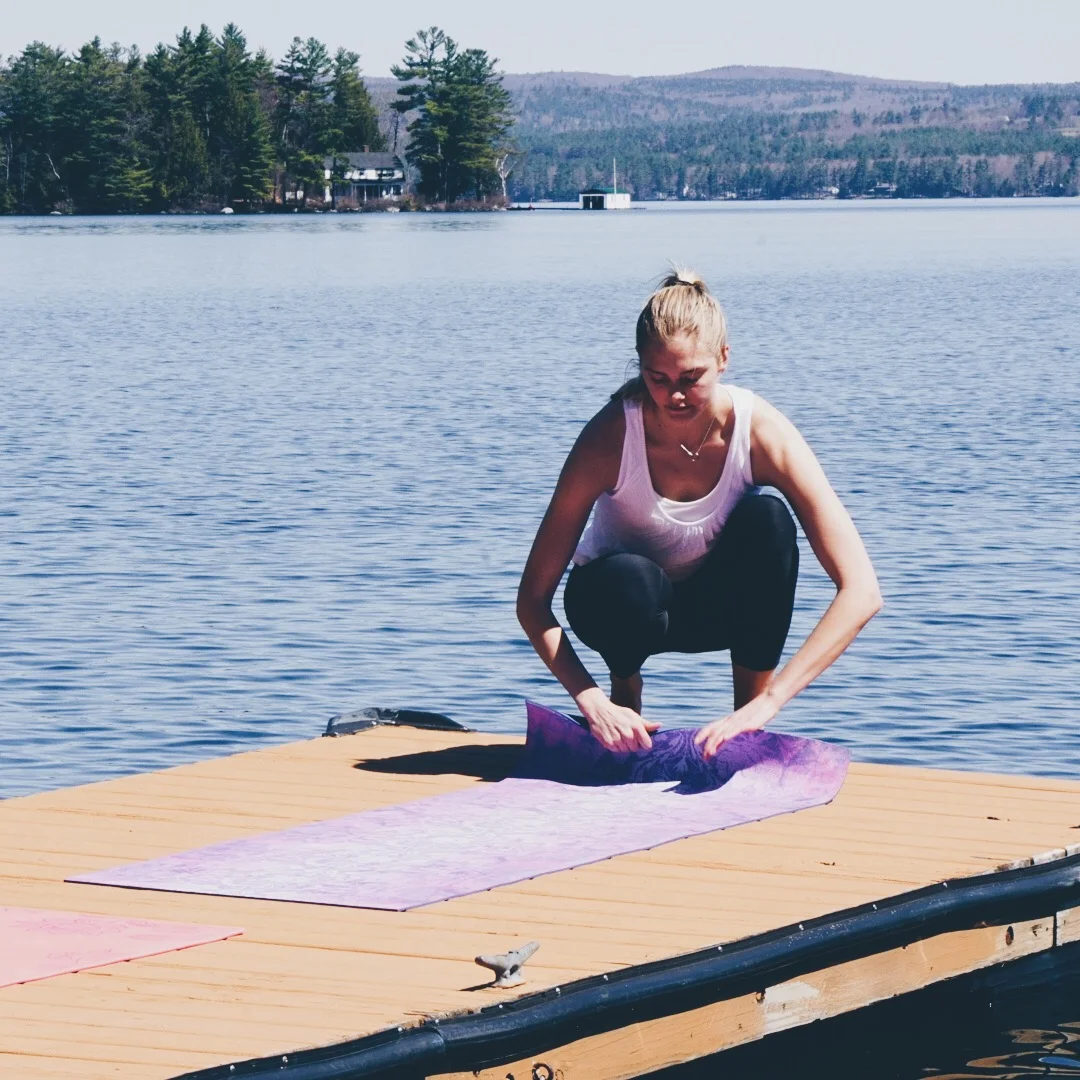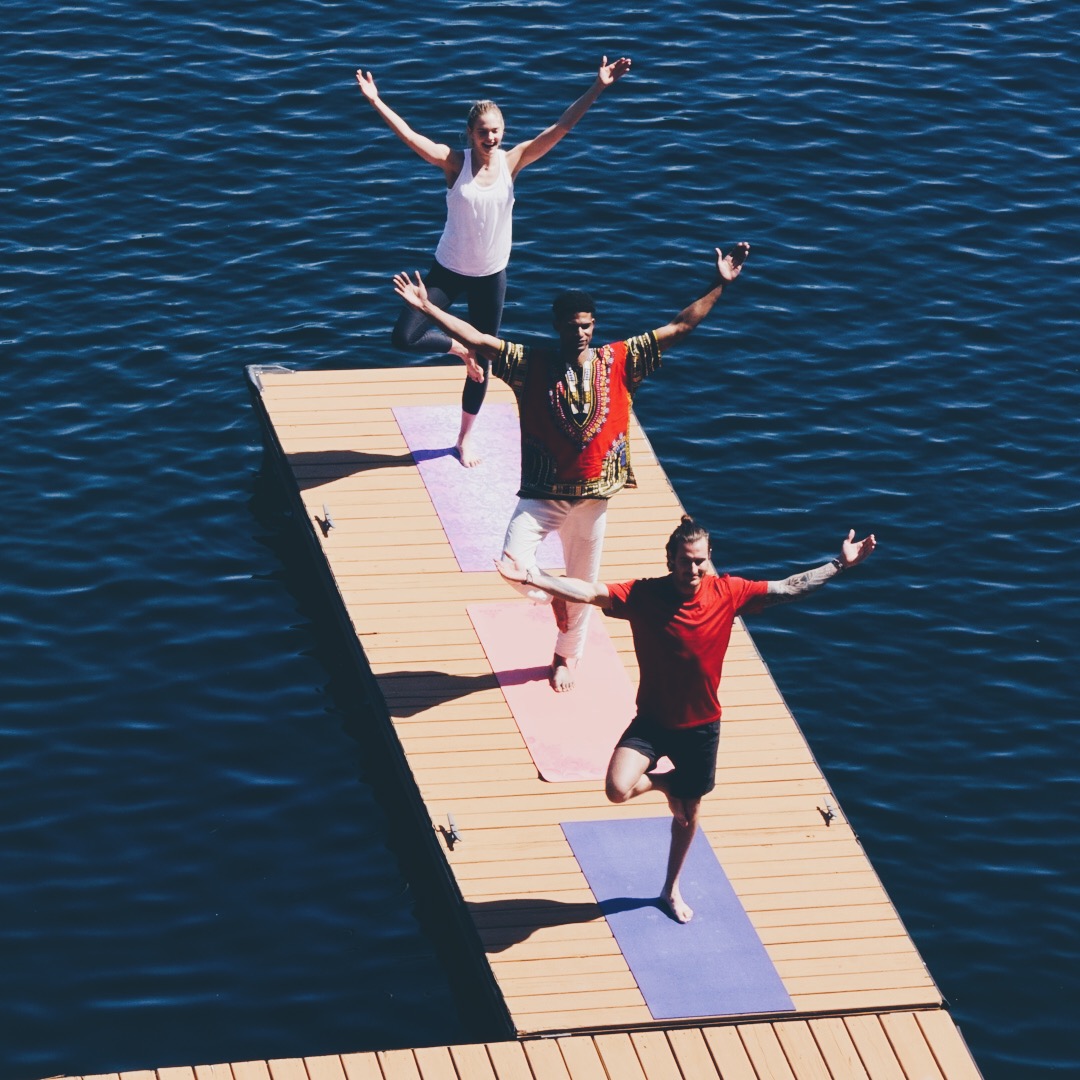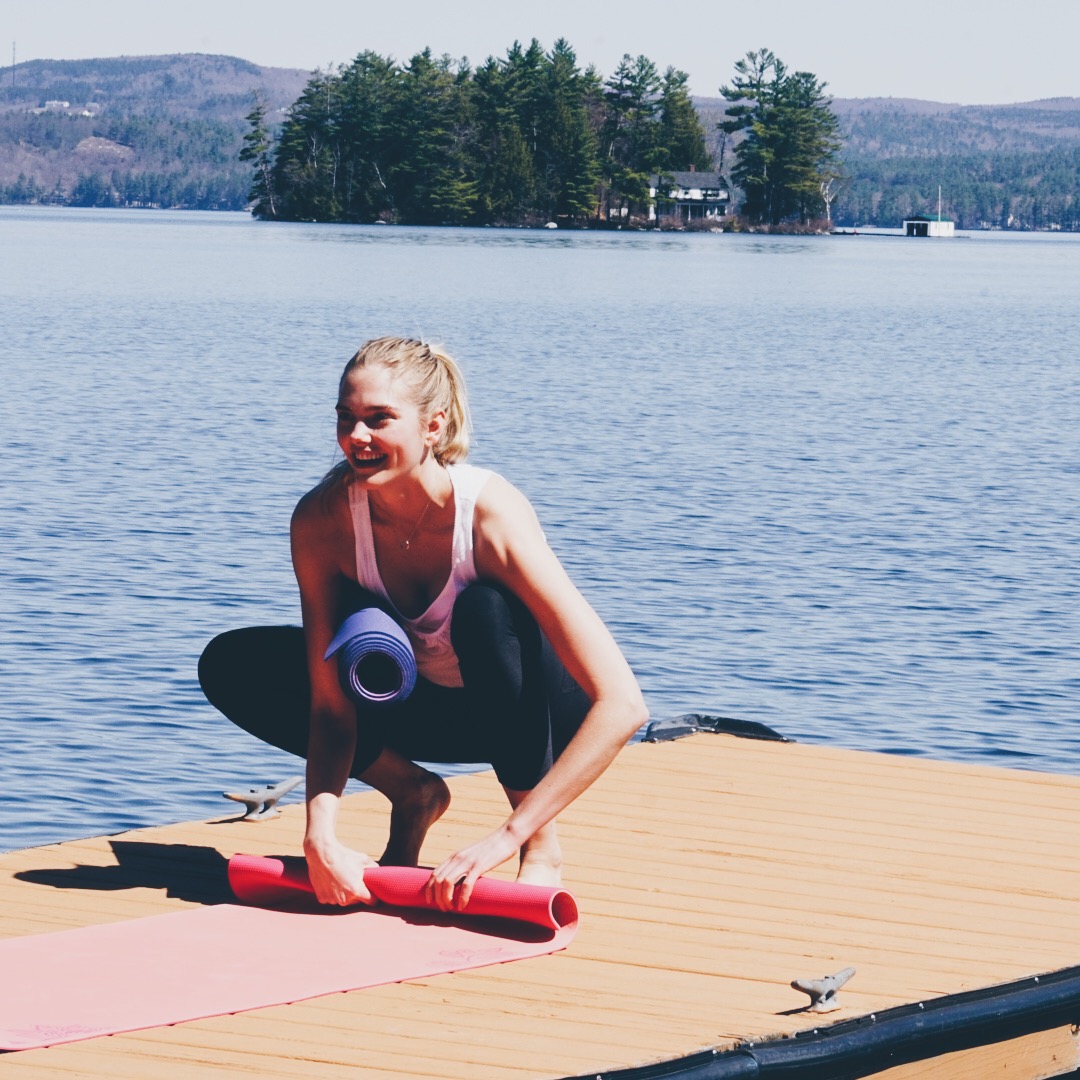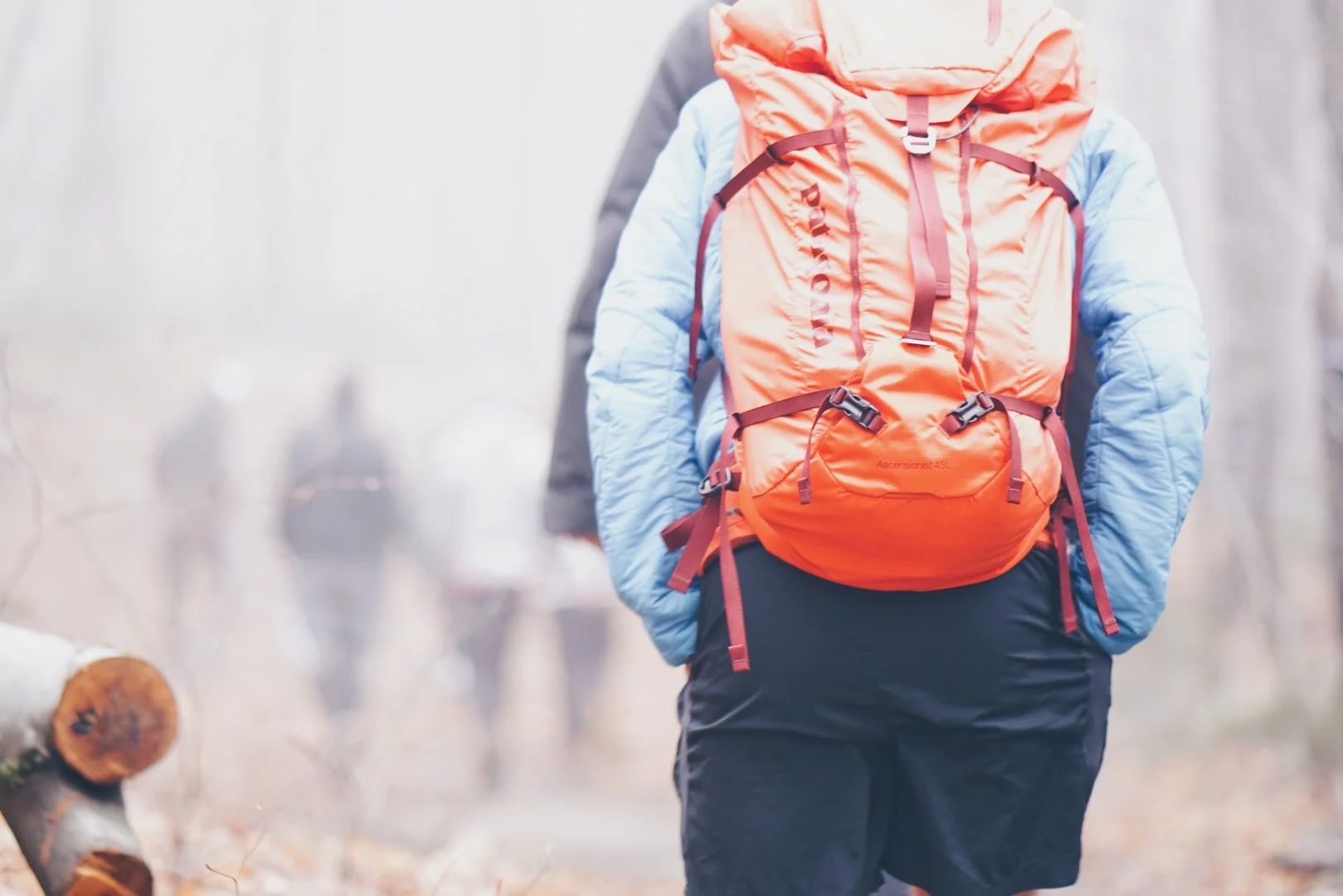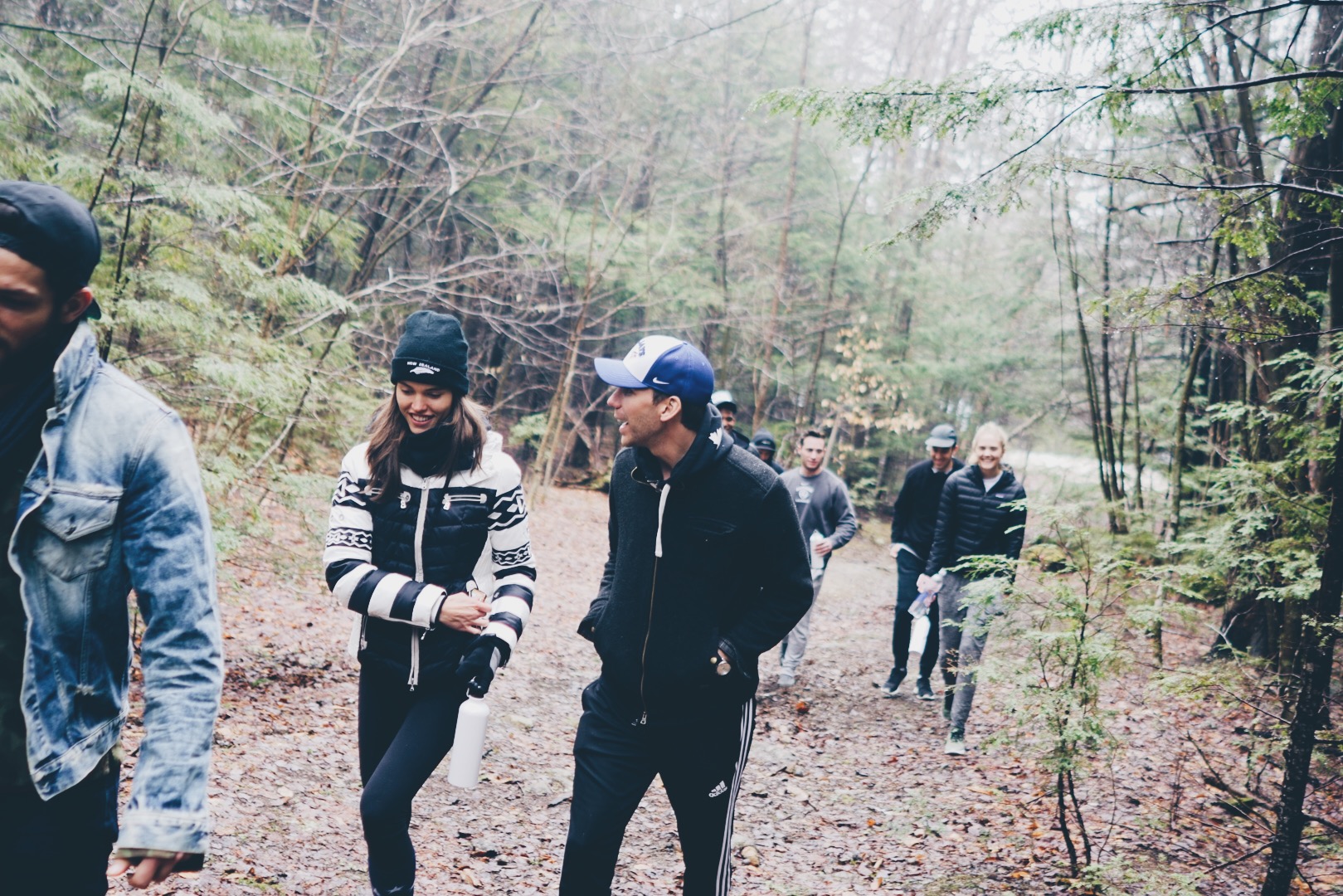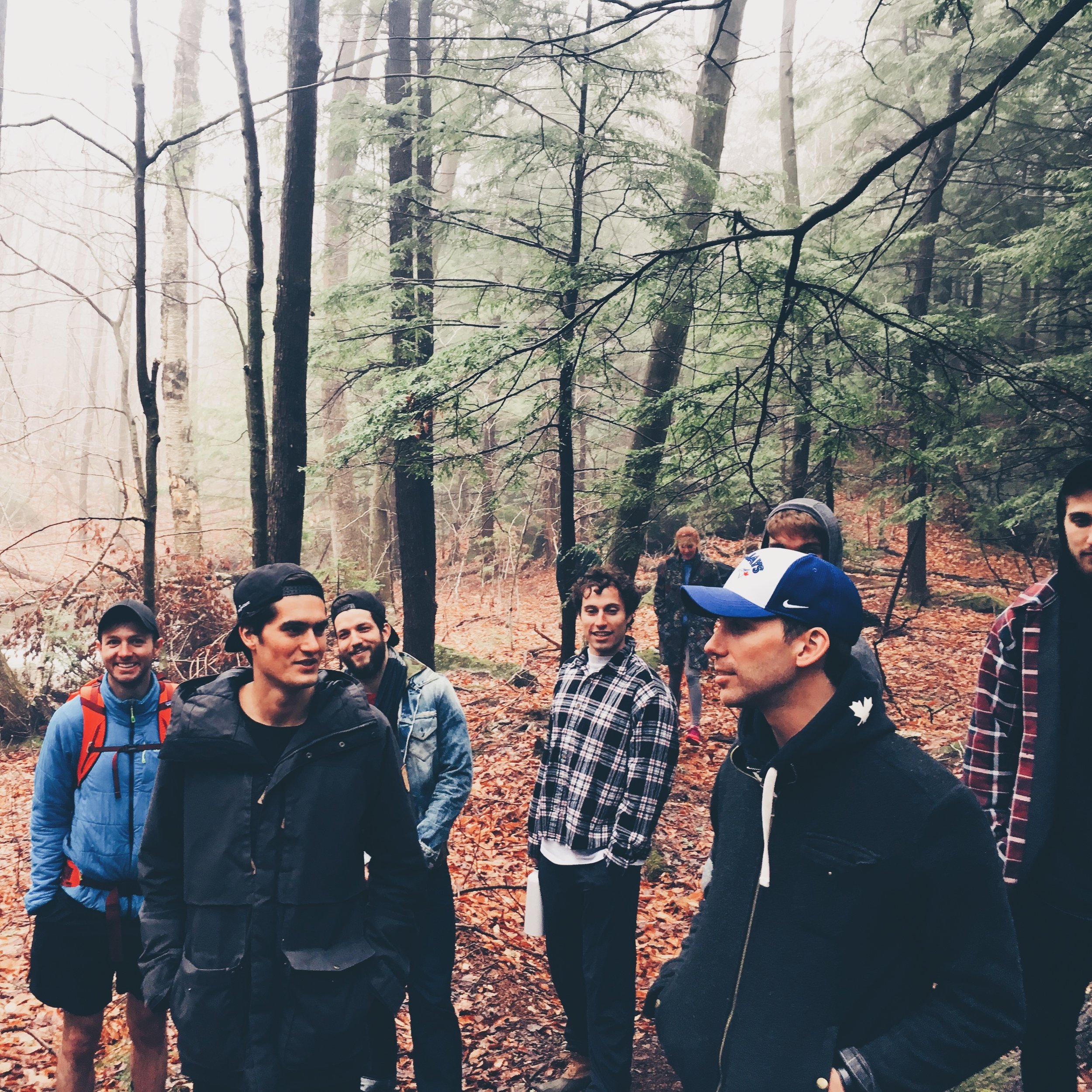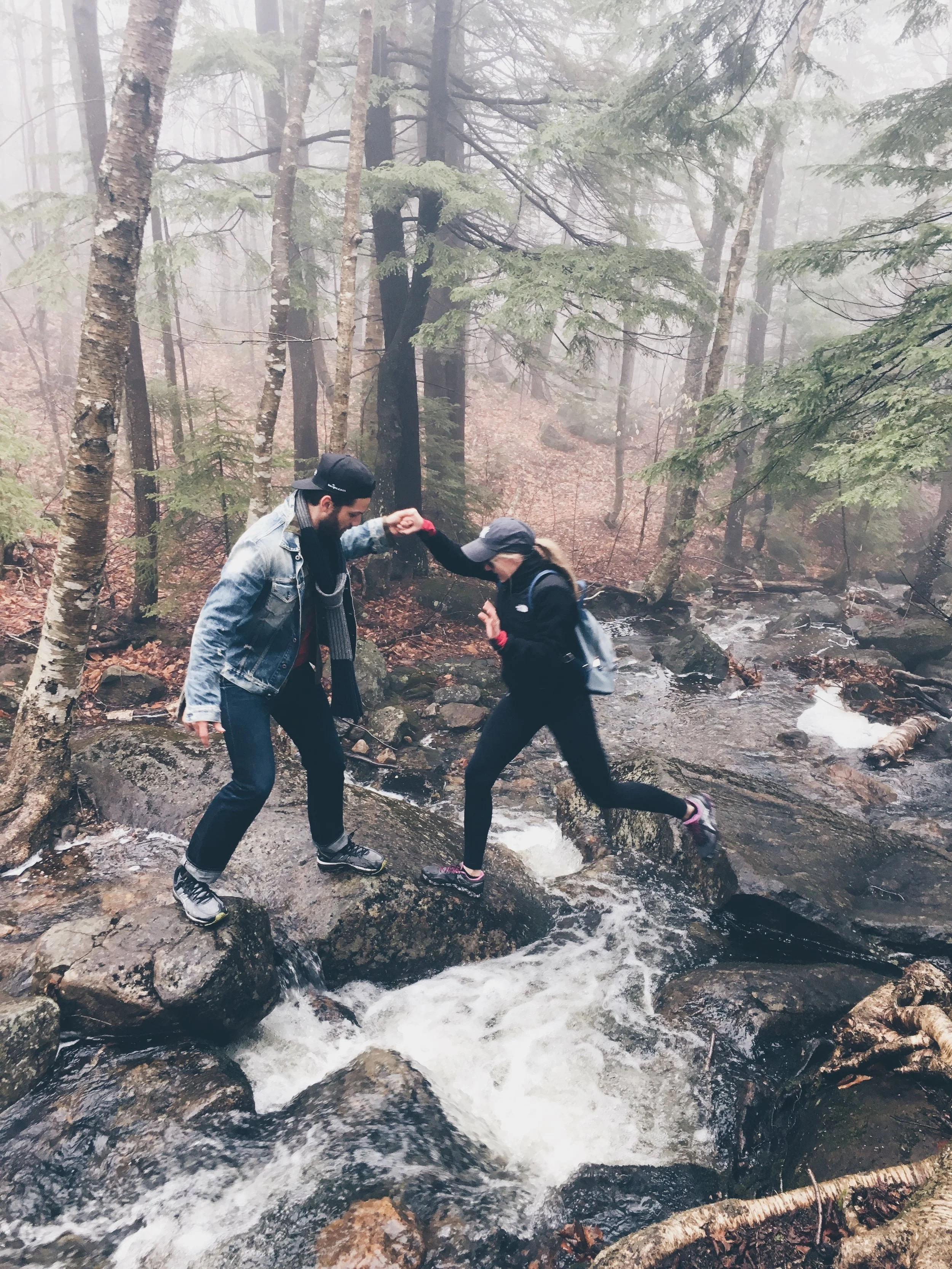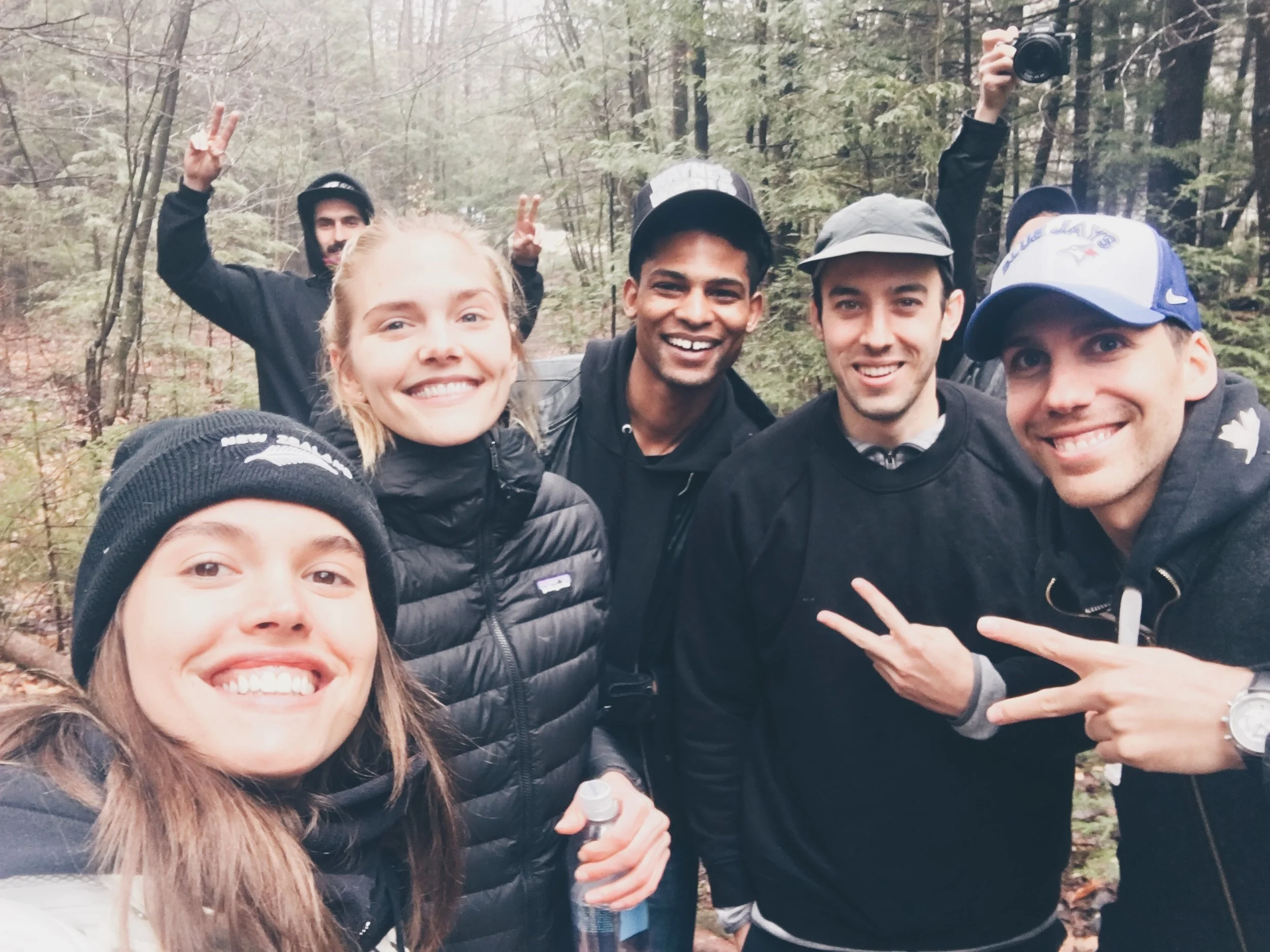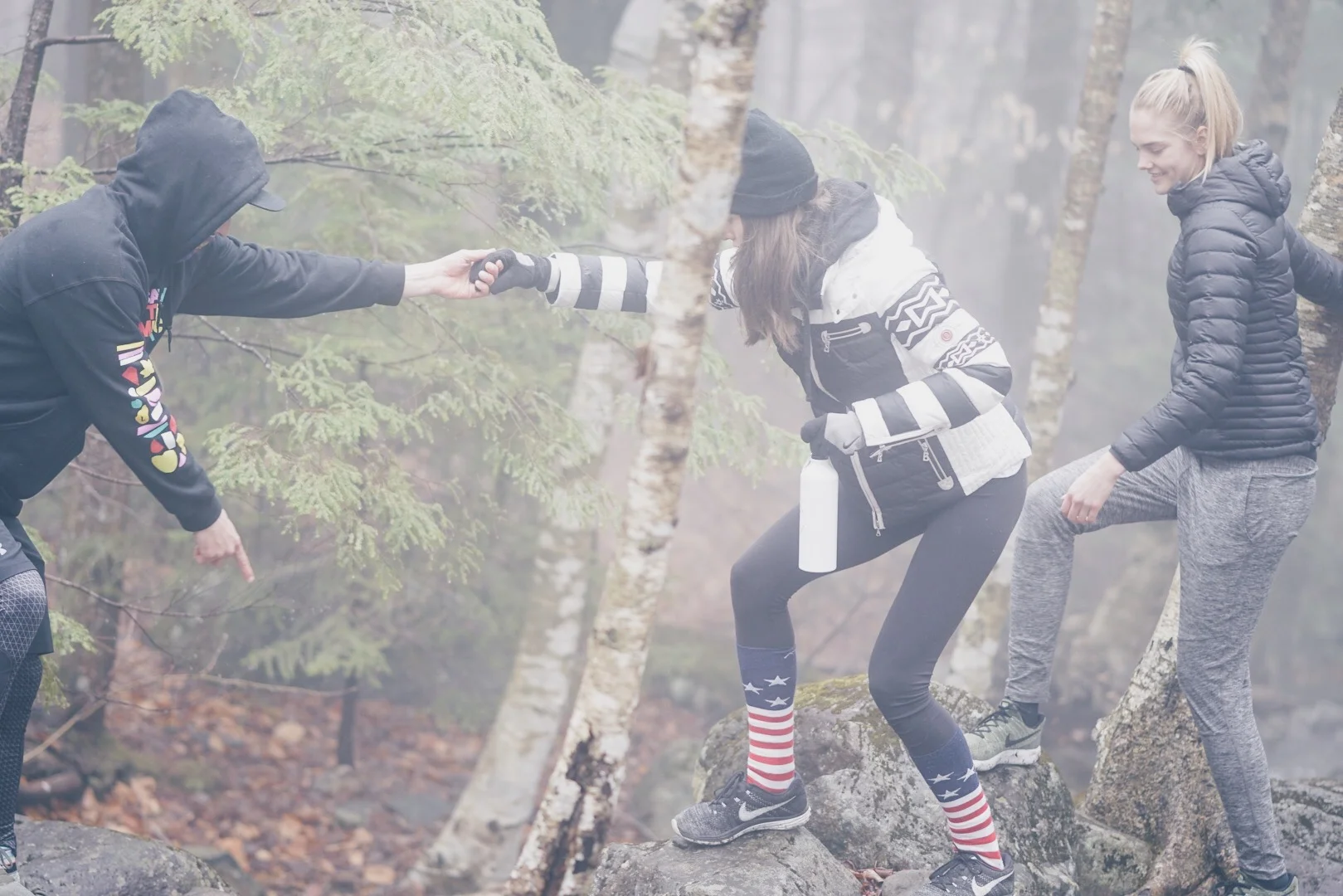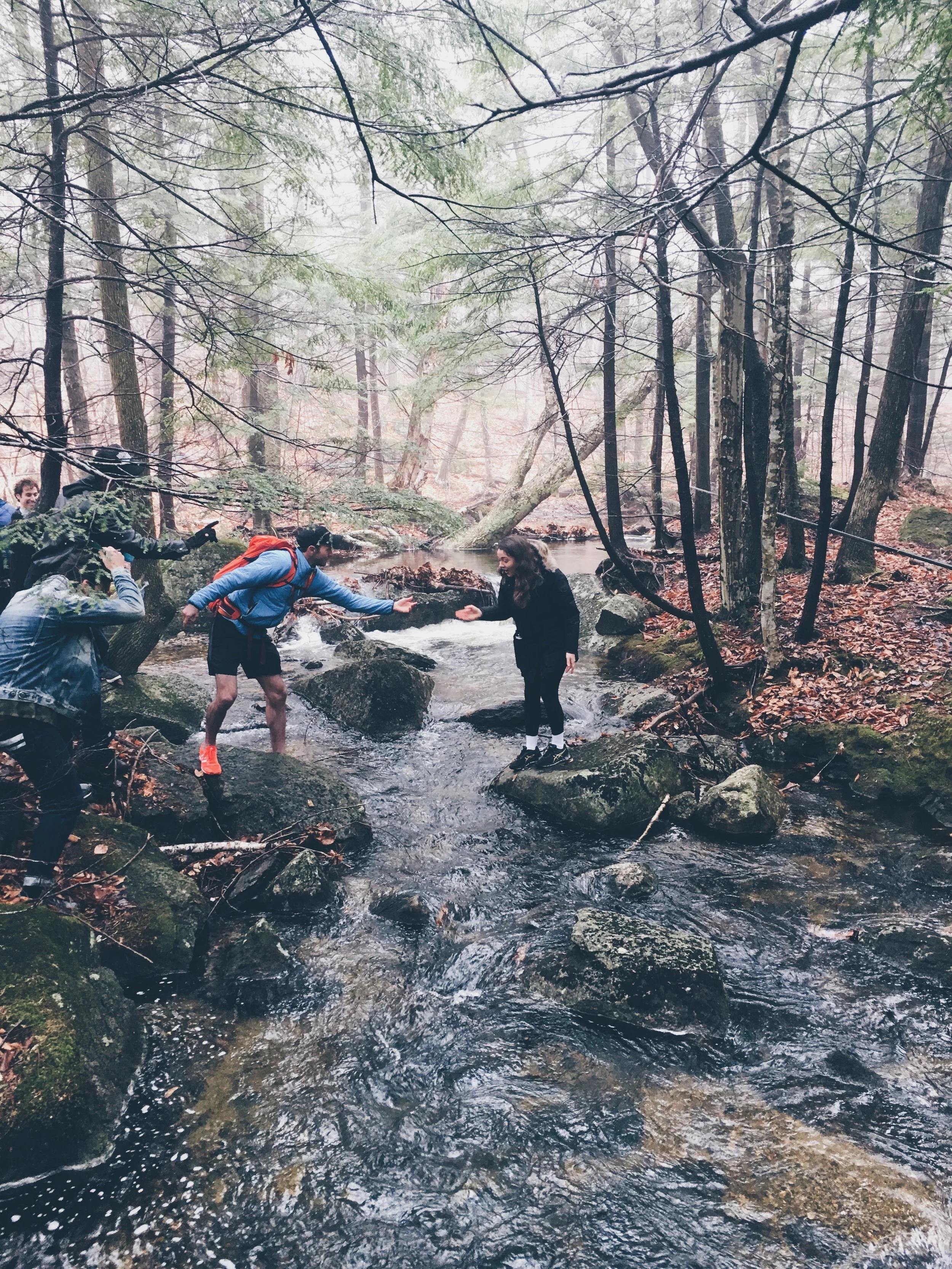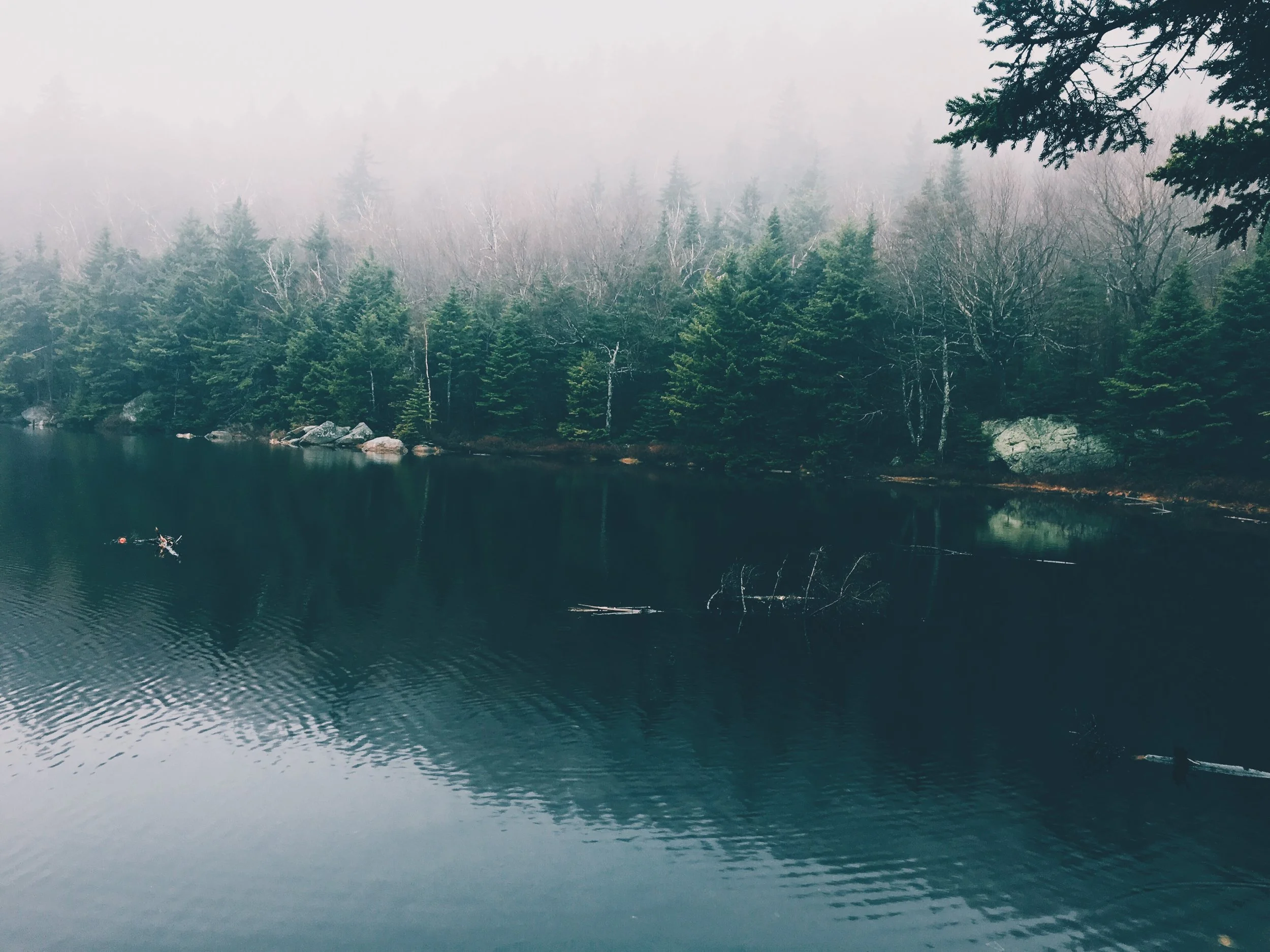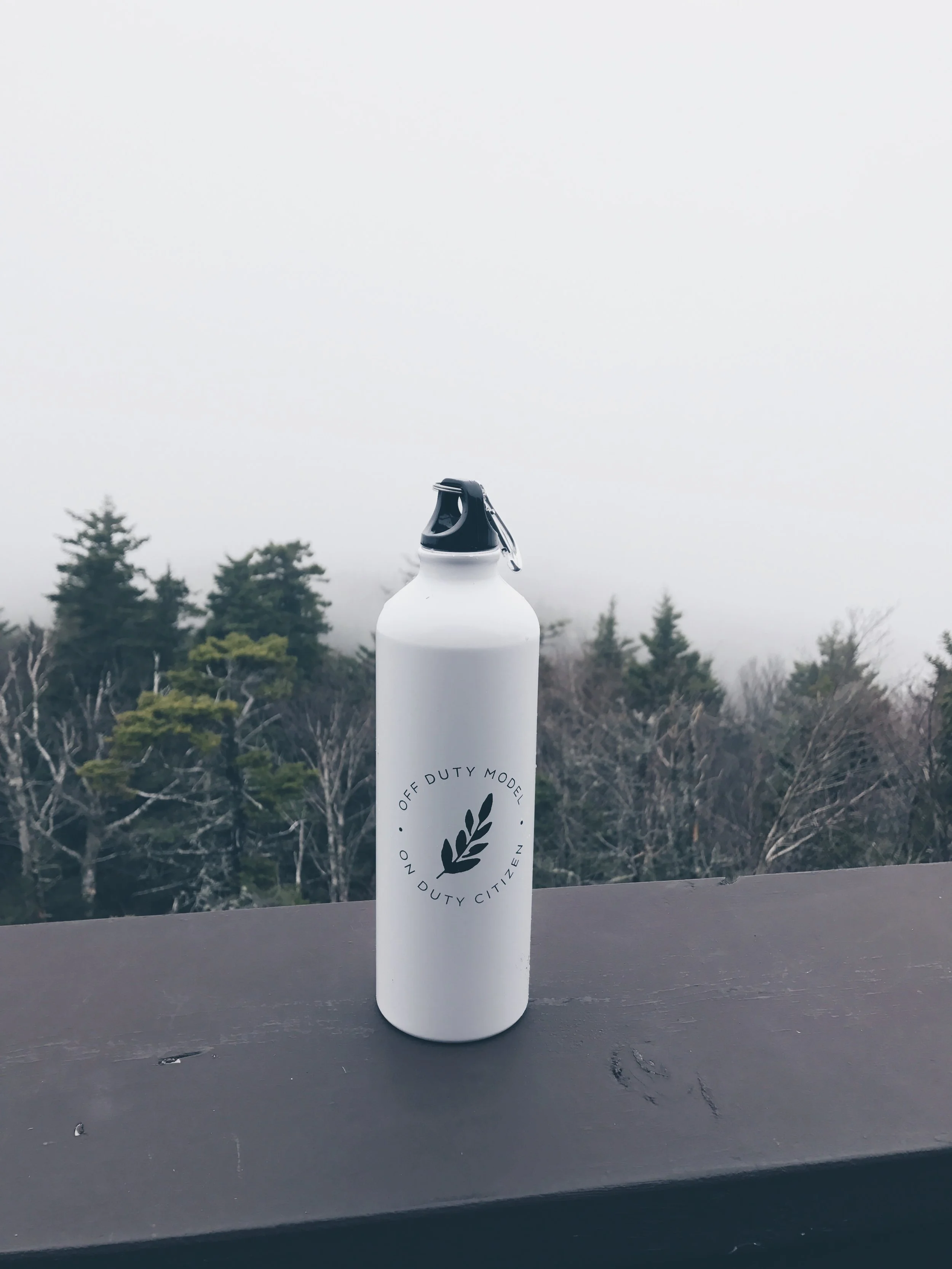When a former high school friend of mine reached out to introduce me to a brand she works with, I jumped at the opportunity to get to know Kahindo, founder of her namesake brand, Kahindo. With beautiful bold prints inspired by her upbringing in Africa , Kahindo strives to bring an ethical source of income to the women in the communities who help make her clothes. It was an absolute pleasure to get to know the founder and her journey into conception of this successful brand. We talk about the importance of ethical fashion, as well as how she believes the sustainable movement (and the fashion industry as a whole) can be more inclusive. Check out our interview below!
All of our ODC community can get 20% off the SS20 collection by plugging in the code: ODC20OFF
1) Tell us a bit about your journey in the making of your brand, Kahindo.
I started my brand in 2009 in Chicago as a way to express my Congolese heritage and African upbringing. I wanted to create pieces that I could easily wear to work and that could transition to night and featured traditional African prints. I was accepted into the Chicago Fashion Incubator at Macy’s on State Street where I learned the business side of fashion. In 2016 I rebranded with a name change from Modahnik to Kahindo and moved to New York. As a luxury sustainable womenswear fashion brand that is ethically sourced and produced in Africa using fair trade practices, our mission is to empower women in marginalized communities by closing the gender gap, paying fair living wages and creating sustainable jobs. We are now carried at Rent the Runway and Industrie Africa.
2) Tell us a bit about your heritage and how that influences your beautiful designs.
I was born in Uganda to Congolese parents, schooled in Kenya and lived in Ethiopia and Niger before moving to the States to attend College. My Pan-African upbringing has given me a love and appreciation of different African cultures that I constantly pull inspiration from. I am especially proud of my Congolese heritage which I often reference in my designs. We have such a rich culture from music, to dance, to the green landscape of my hometown of Goma to fashion. Les Sapeurs is a movement that beautifully encompasses this. I grew up going to buy African print in the market in Goma and then to the local tailor who would make a custom fit outfit for me for a special occasion, and I have always wanted to share this experience with the world.
3) What is the production process like from when you think of what to make to how it is finally manufactured?
Everything always starts with color, that is the essence of KAHINDO. I look at trend reports to get an idea of what colors will be in the next season. The next step is coming up with the print. We started developing prints in house, which is very exciting, as they are always unique to the brand. We love to collaborate with different artists to interpret their work into textiles. Once the fabric is selected we come up with the styles which always include our staples and a couple of new looks that our customer craves. Samples are made to perfect the fit, then manufacturing begins. For Spring Summer 2020, we sourced hand dyed fabric that was made in Kenya, and worked with female artisans in DR Congo who sewed the garments to perfection.
4) What does ‘sustainability’ mean to you and your brand and how do you strive for environmental and ethical justice within the fashion industry?
We address 3 of the United Nations Sustainable development goals, which are Gender Equity, Fair Trade and Poverty Eradication. This means focusing on the human factor. That is, we want to ensure fashion is ethical, that workers are treated fairly, that they get paid a fair living wage and work in safe working conditions. We believe that providing sustainable jobs is the key to ending poverty and that when you empower a woman, you empower a whole community. We want to make a well-made product in Africa that has a social impact. Consumers care how and where their clothes are made and we hope to deliver on that.
5) I love your latest collection, dropped this past January. Such beautiful colors! Tell us about your RefuSHE campaign and how that came about.
I have been involved with RefuShe since 2014 when I participated in their “Project Runway” inspired fashion challenge, and won it that year. Their mission of empowering refugee girls is something that is close to my heart. I always wanted to be involved more, so when the opportunity came to collaborate with the women who work in the Artisan Collective, I had to jump on it. They hand dyed the fabric that was used in my SS20 collection, while earning some income which gives them financial freedom.
6) What was your experience on Project Runway like and what were some of the things you learned that stuck with you to this day?
Being selected to participate in Project Runway Season 12 was a dream come true, especially because I was picked from hundreds of designers. The show gave me a huge opportunity to showcase my talent to millions of viewers across the U.S. I am proud that I was able to share my culture and heritage with such a large audience.
7) What message do you have for your followers and community about your own experiences as a Black-owned business and how you have remained so persistent in an industry that has been (and still can be) resistant to equality and change from within.
The fashion industry has a lack of diversity, not only with models, but designers and press. Because of this I have had to work 10 times as hard as another designer to get the press coverage I deserve, or to get carried by retailers. I have also been passed over for so many opportunities because of the color of my skin. This has definitely slowed the growth of my brand, in addition to lack of access to capital and a network. However, I have been resilient and tenacious and truly believe that my brand is at the cusp of success.
8) How do you feel we can best make sustainability more inclusive?
I feel large and small retailers need to start carrying more sustainable brands and more brands that are designed by black women. The 15% pledge is a great movement that is challenging retailers to dedicate 15% of their shelf space to black founded companies, which is a great start.
9) What goals do you have, current or in the future, in achieving more sustainable practices as a business?
We started with a focus on ethical production, which sometimes is overlooked when you talk about sustainability, but is just as important if not more, because in effect it is how we treat garment workers. In the future we will source more sustainable fabrics such as organic cotton, hemp and linen and incorporate recycled materials in our packaging.
10) What has been one of your biggest achievements to date?
Being able to provide sustainable job opportunities to female artisans in my home town of Goma, DRC is one of my biggest achievements. I was able to give over 150 days of work to the women, because of Rent the Runway, where KAHINDO is currently stocked at.
